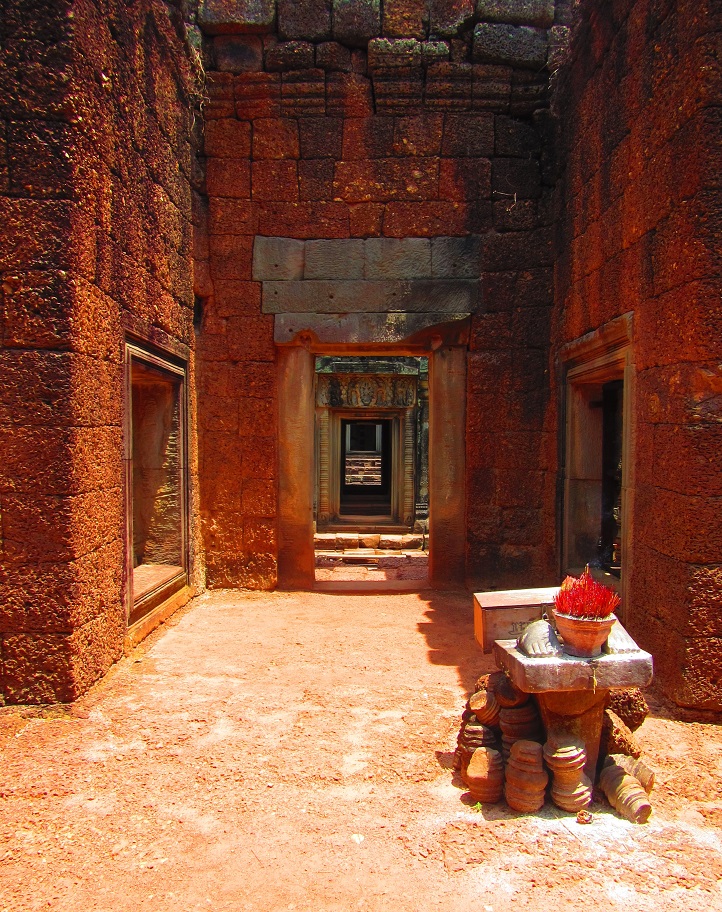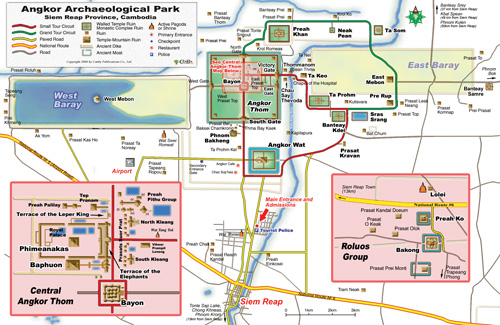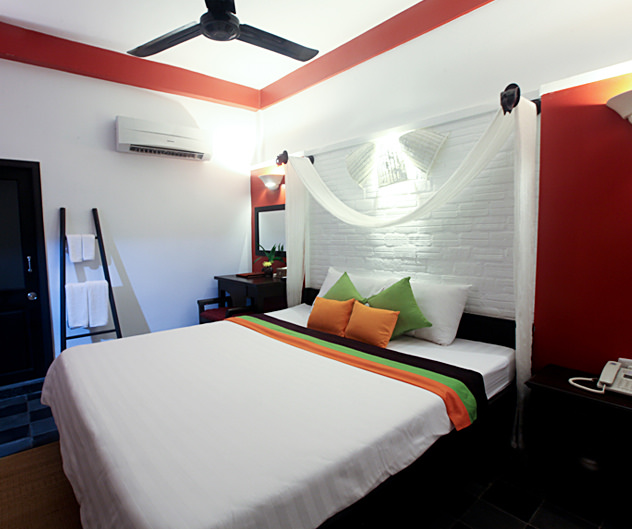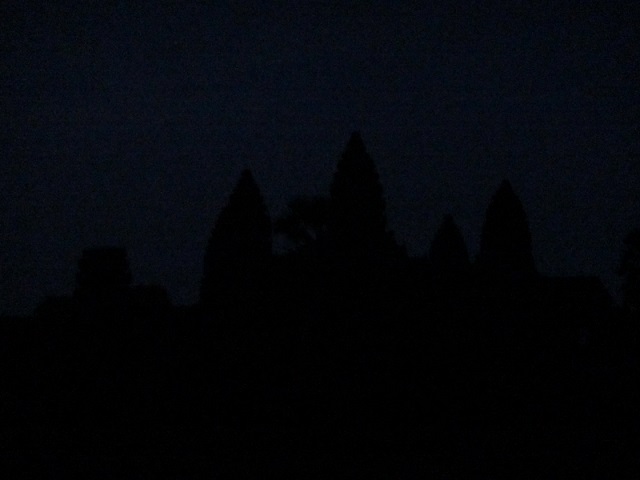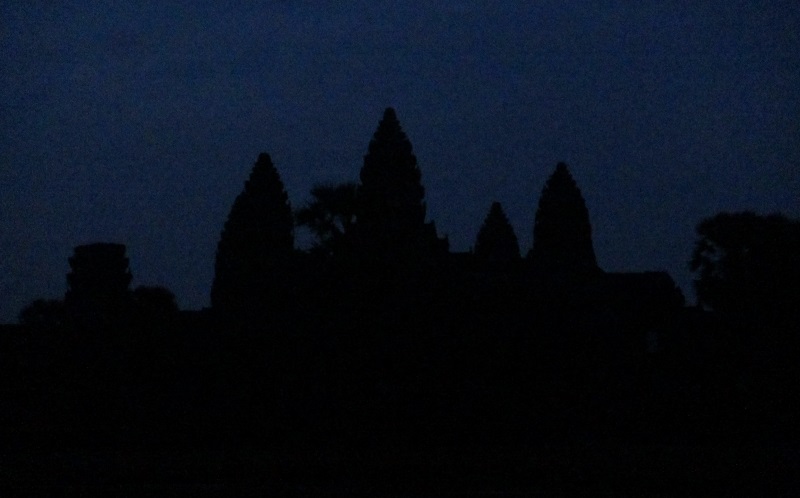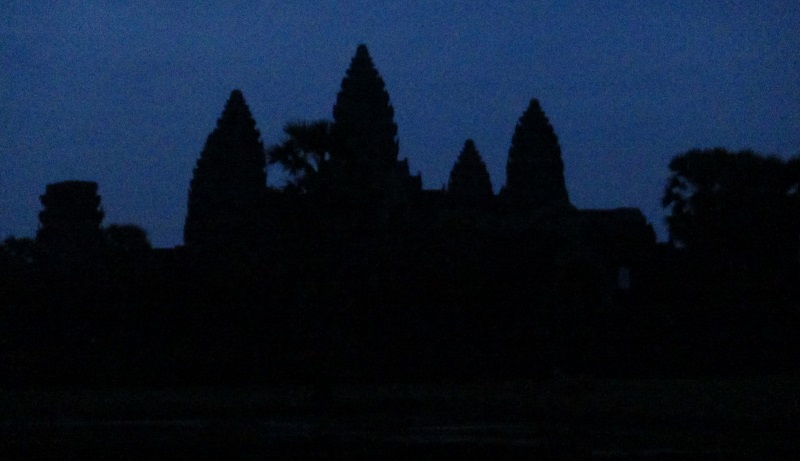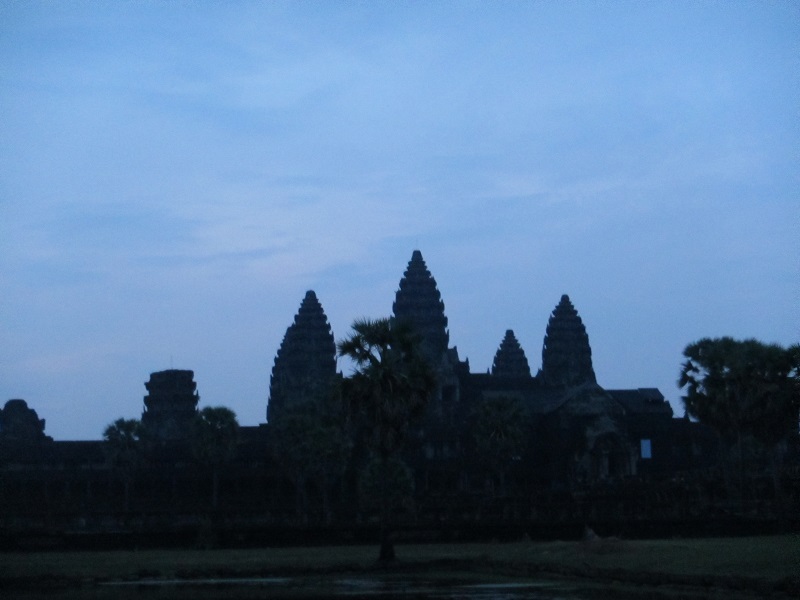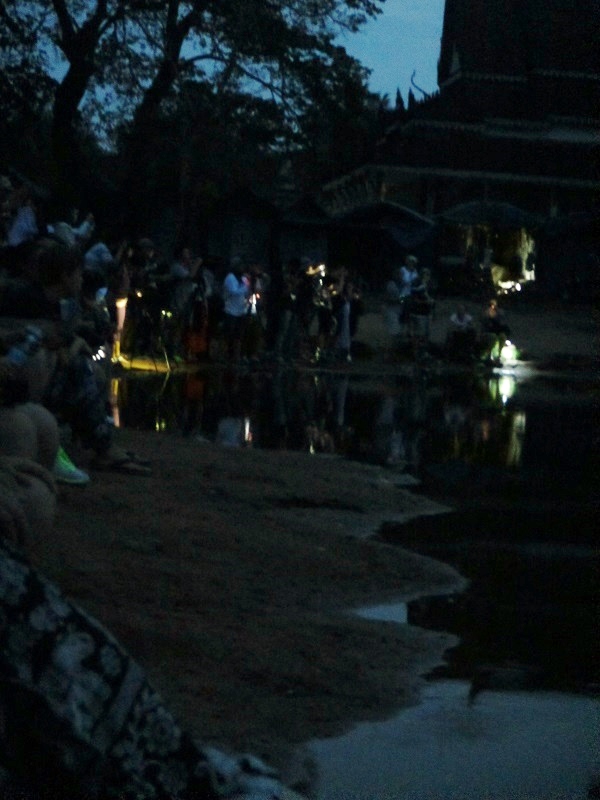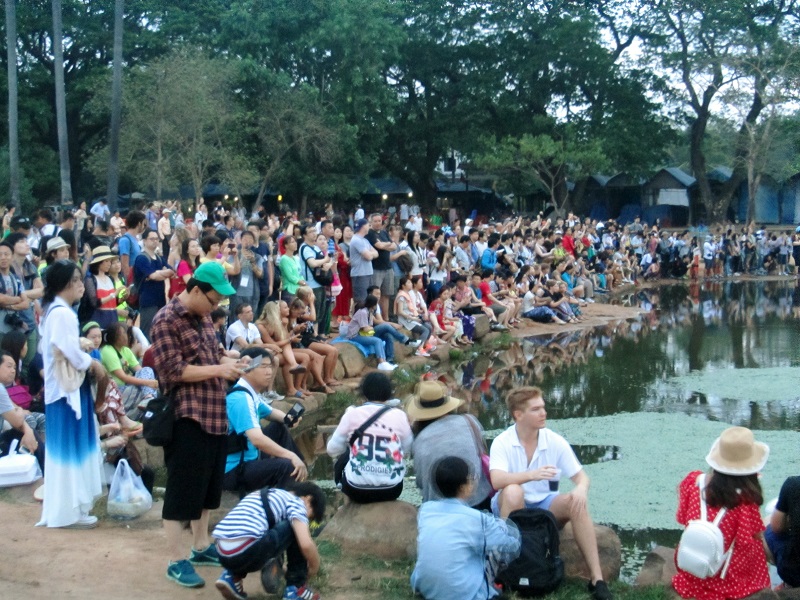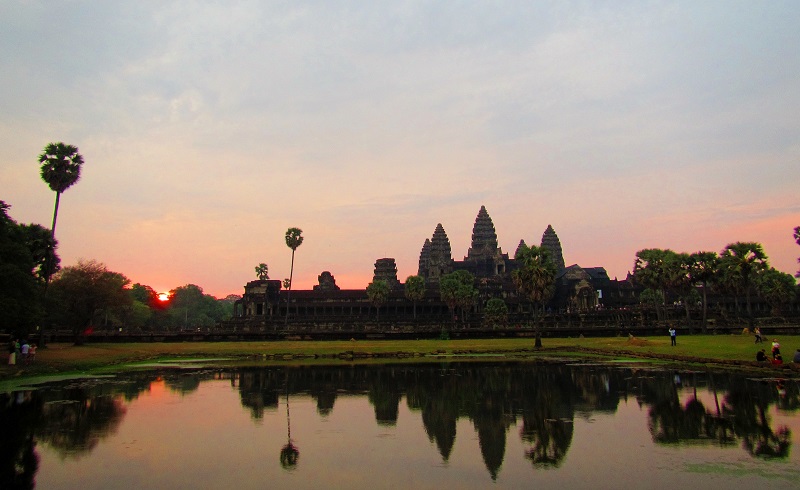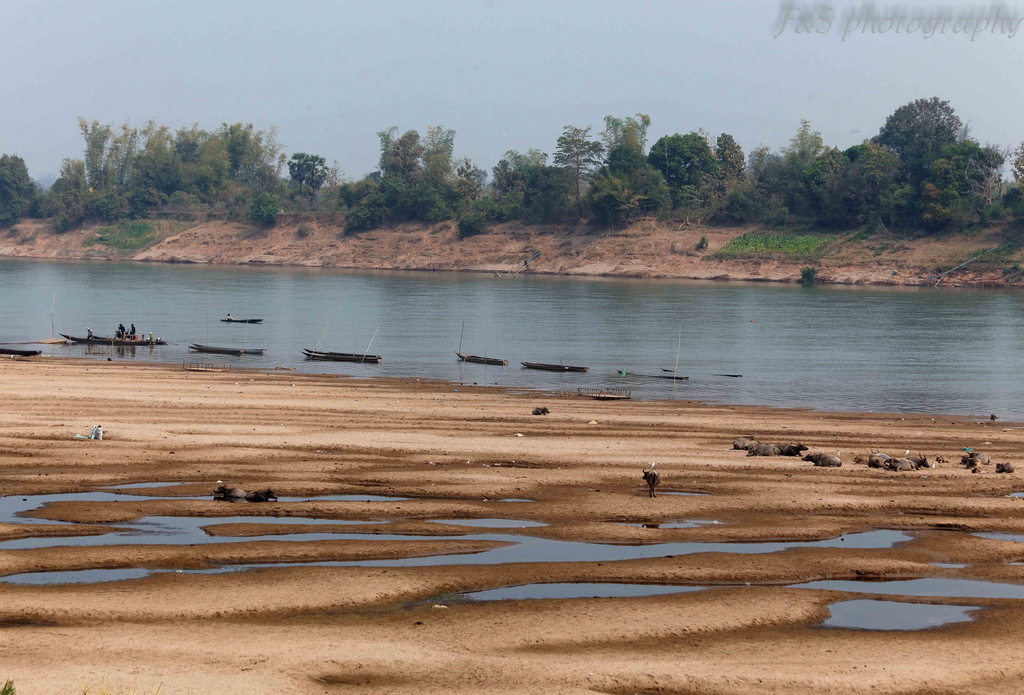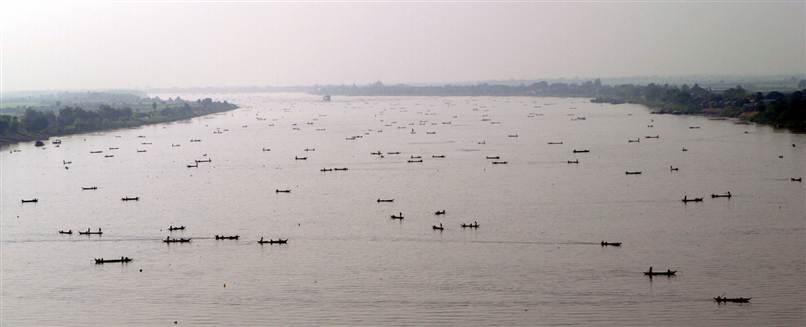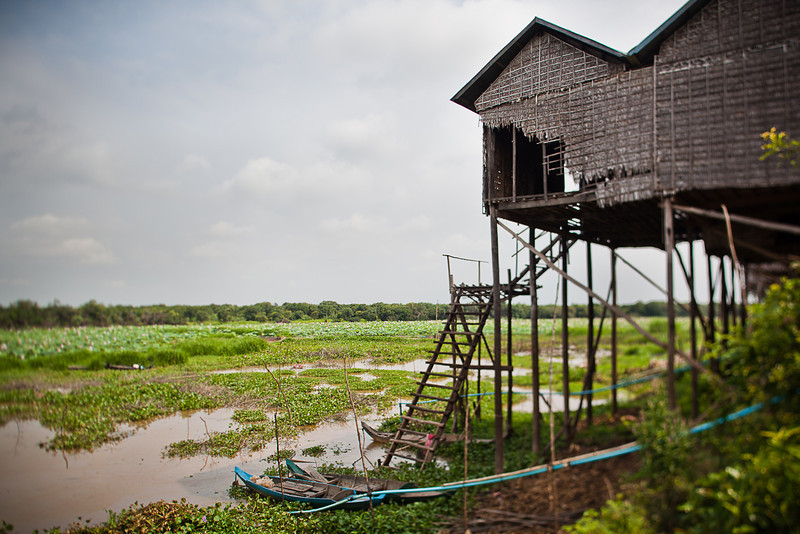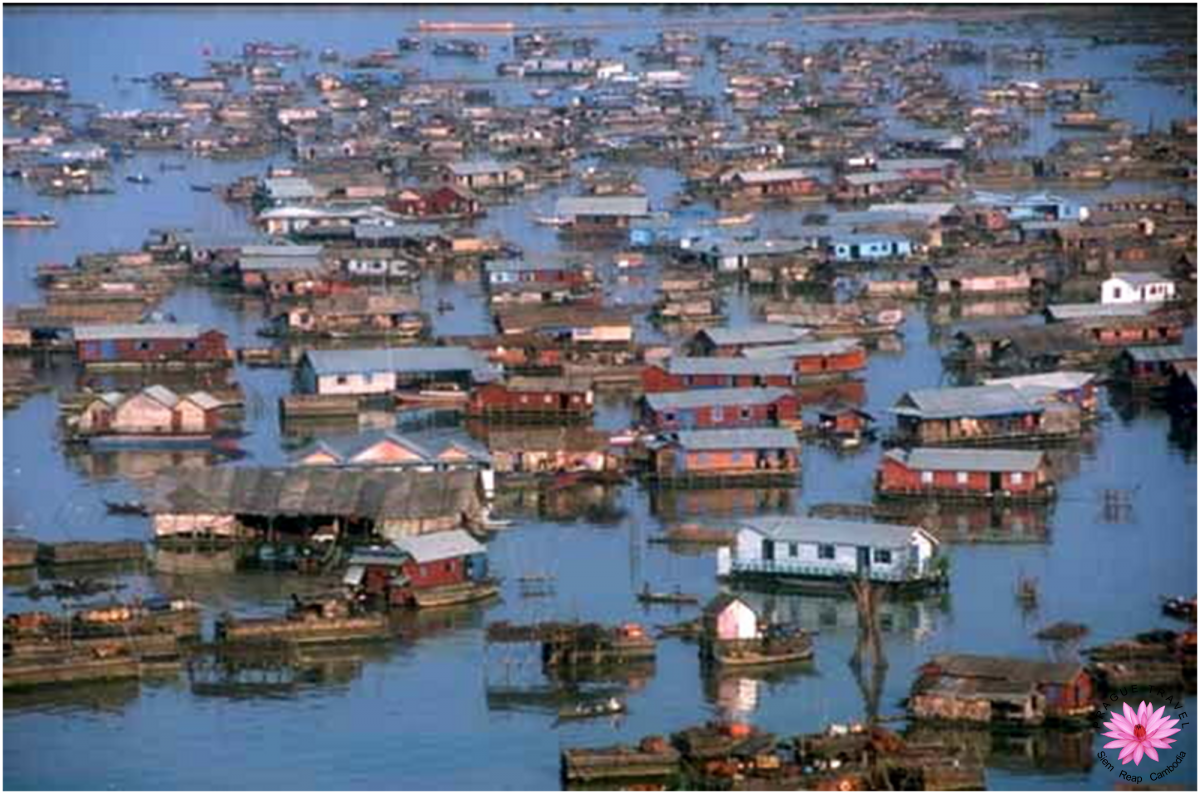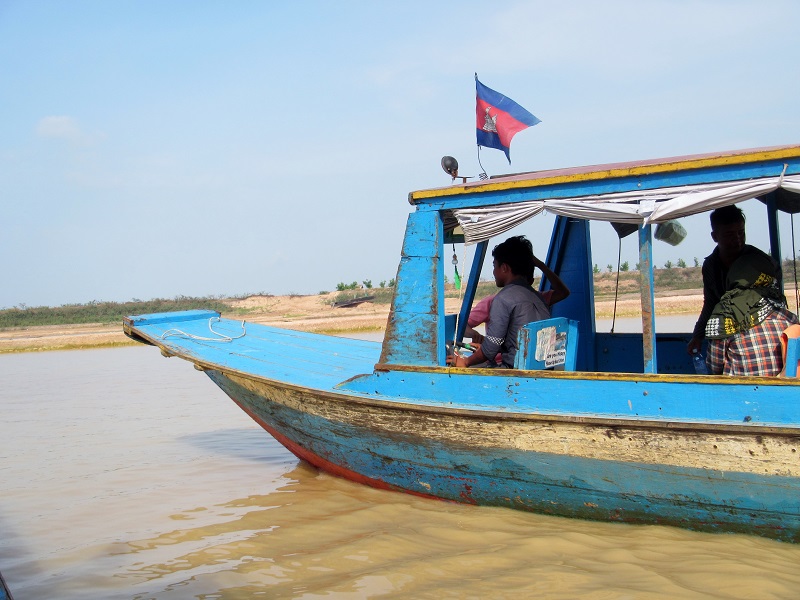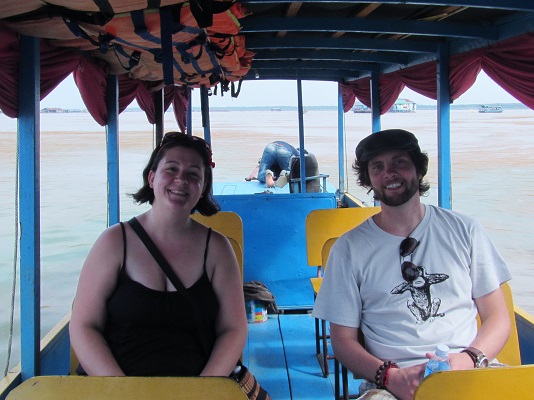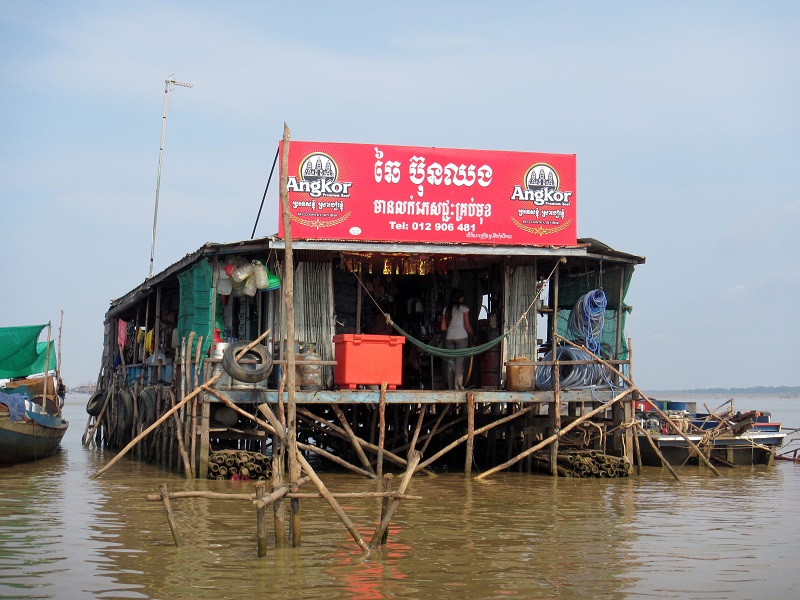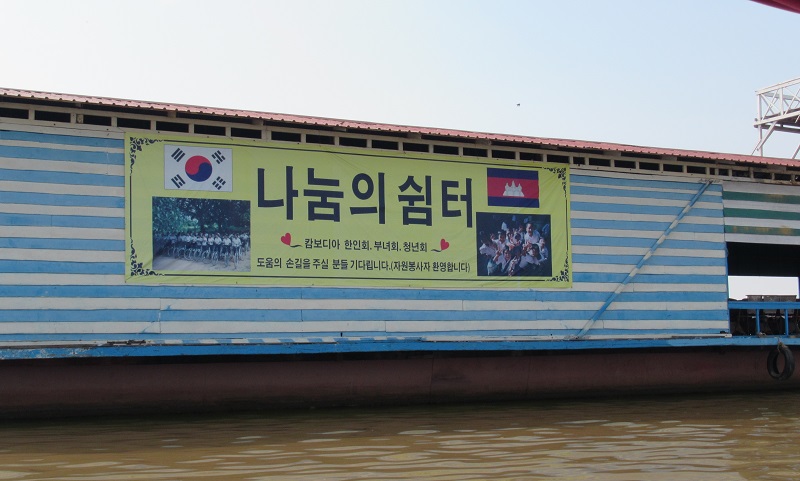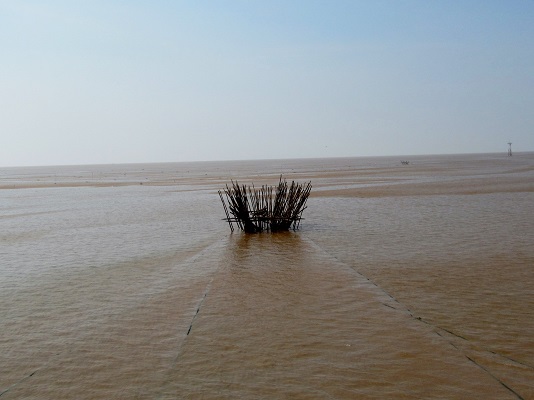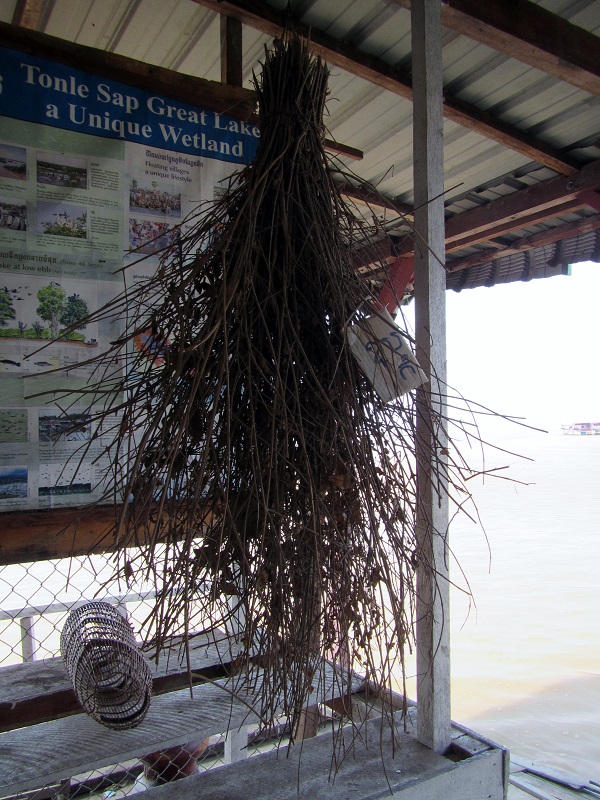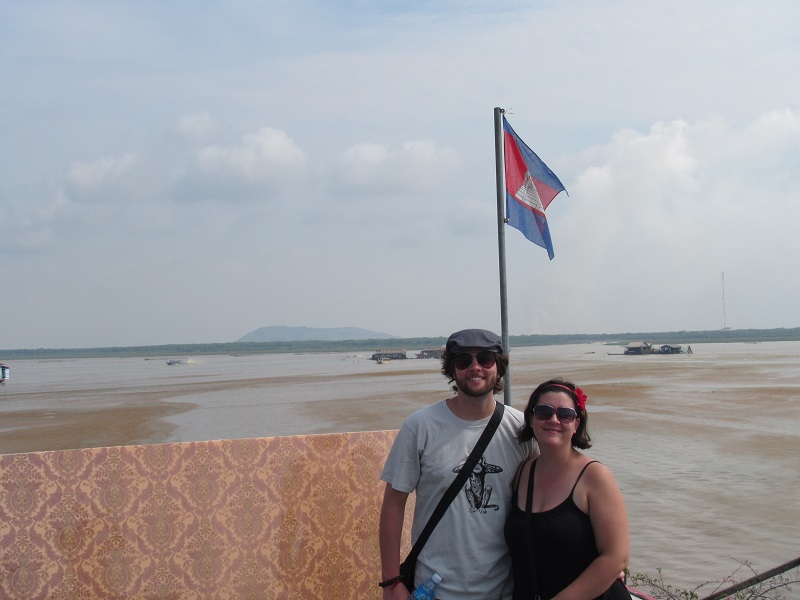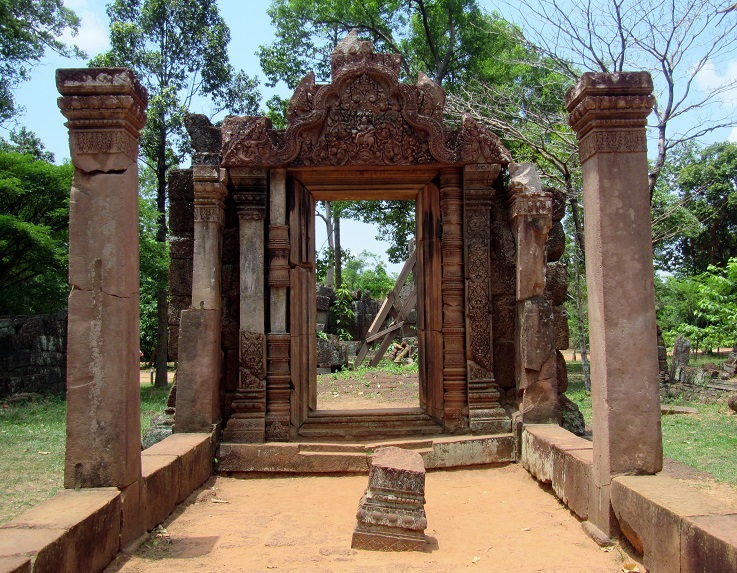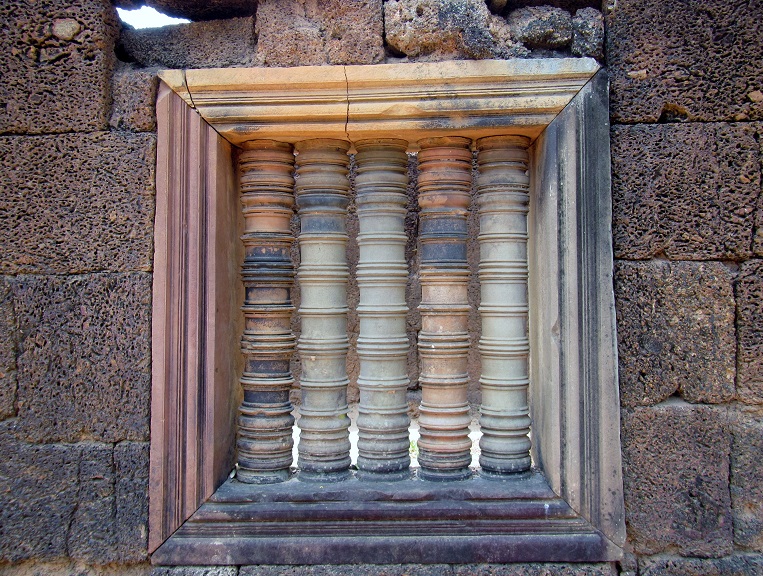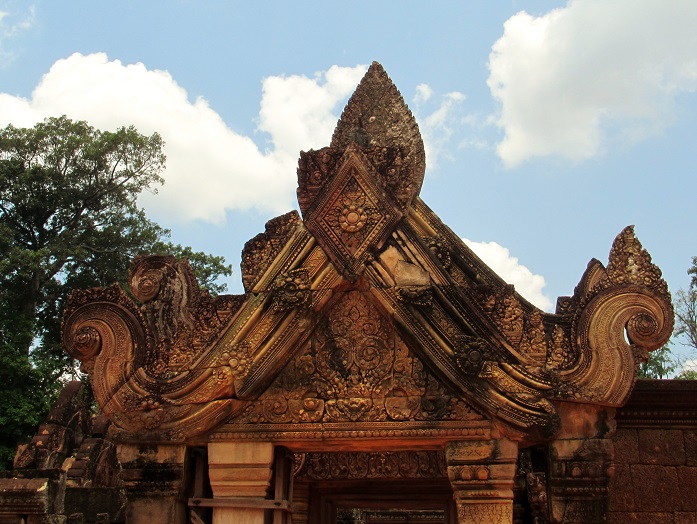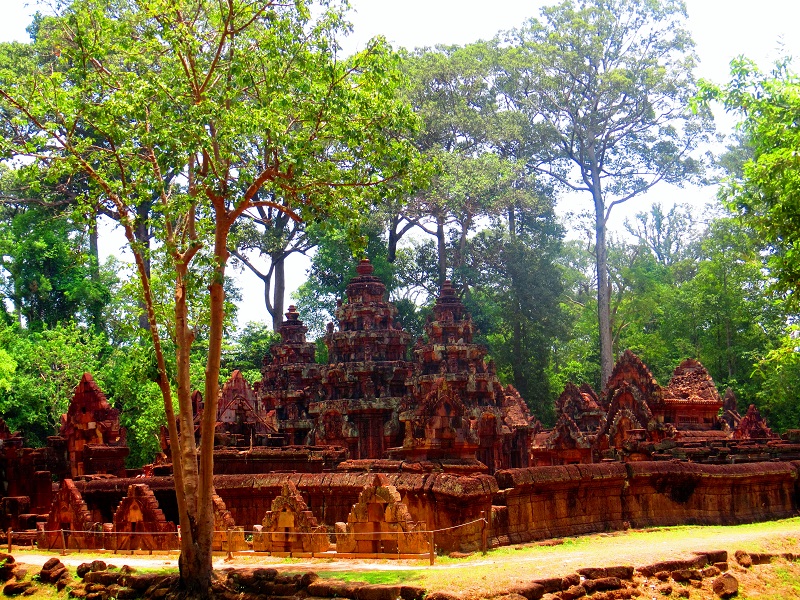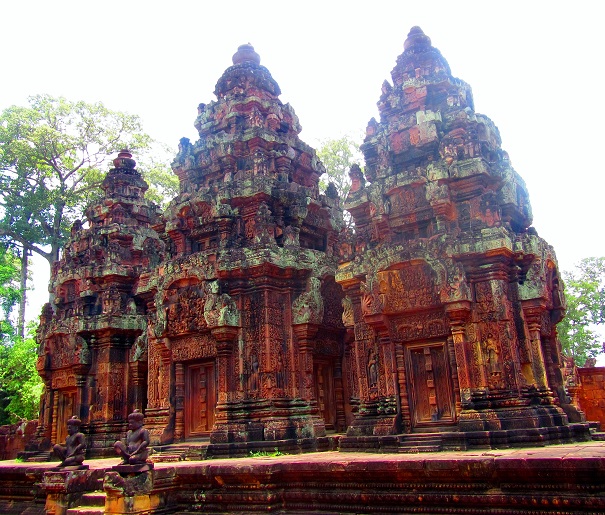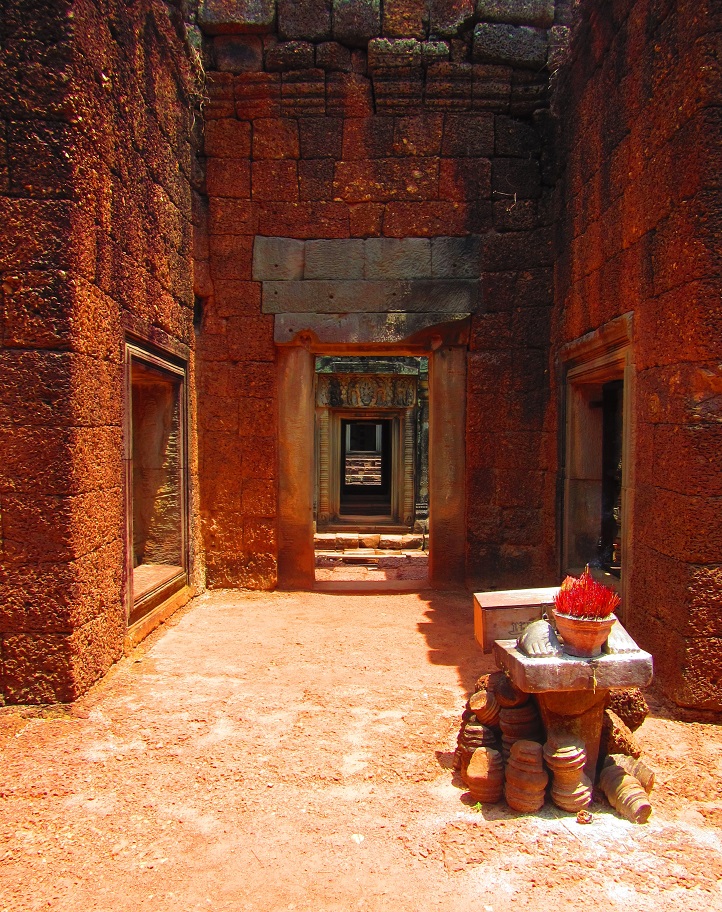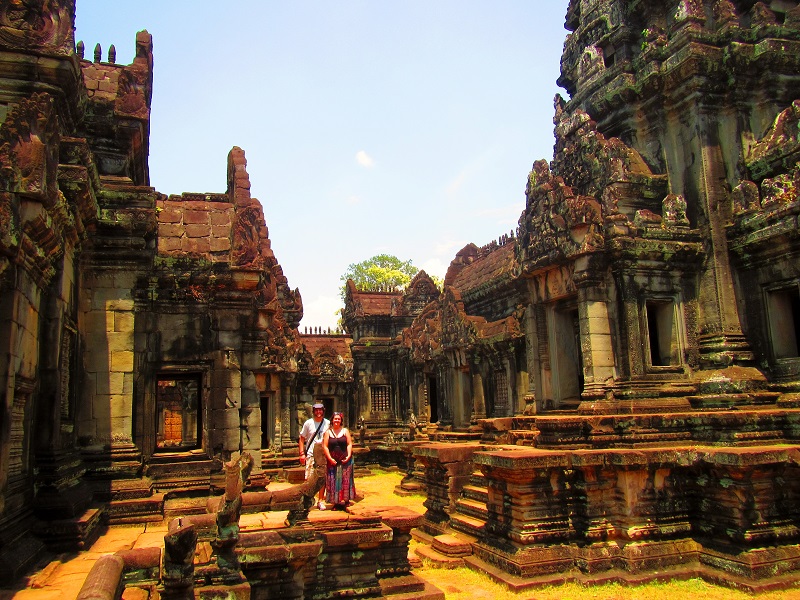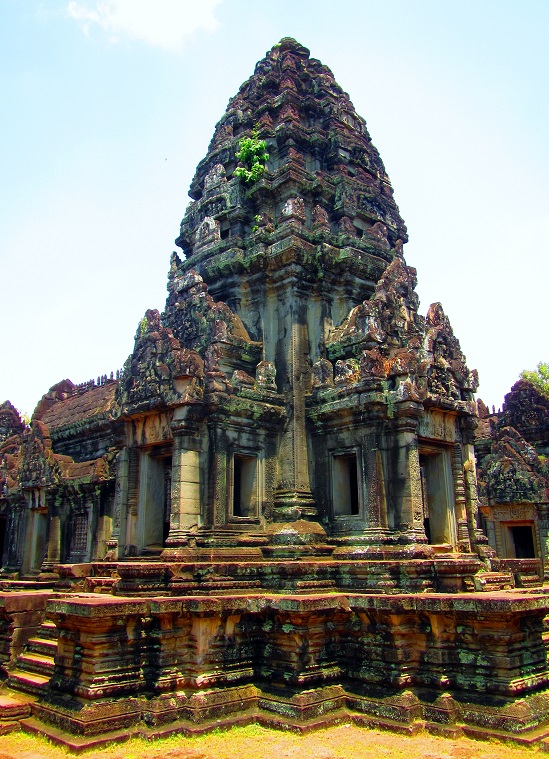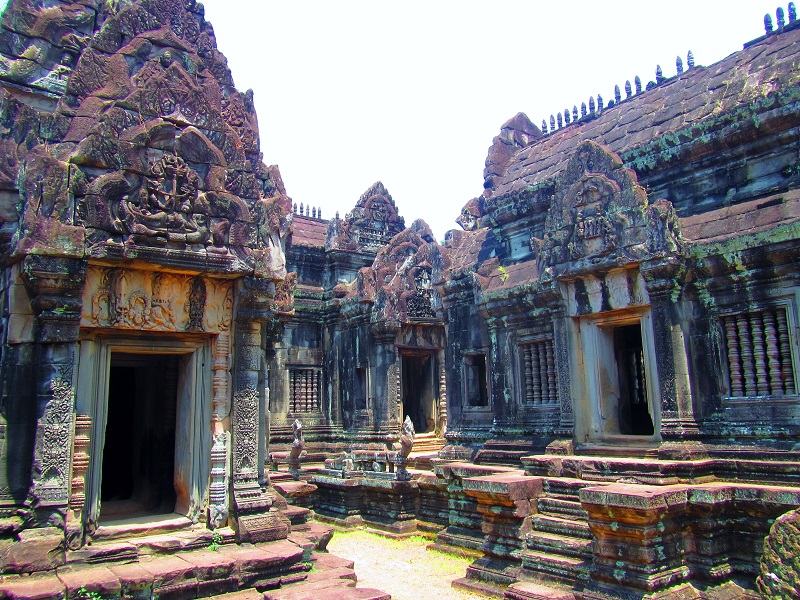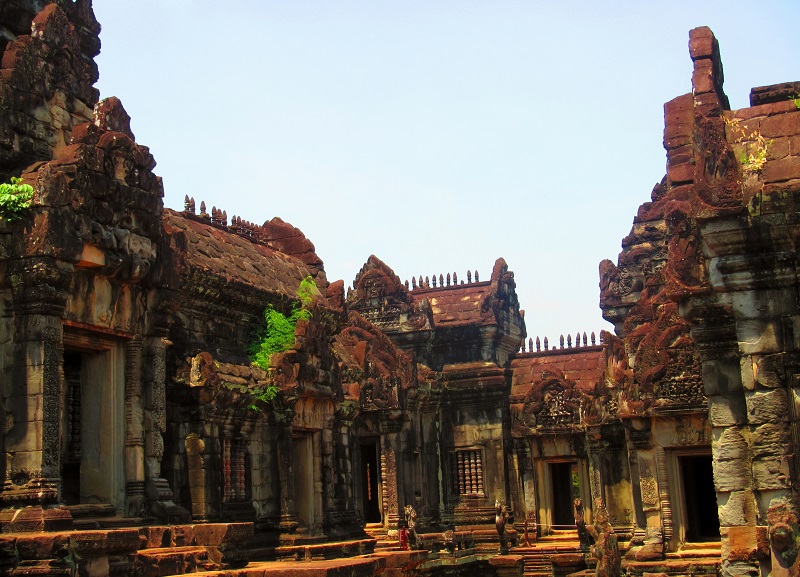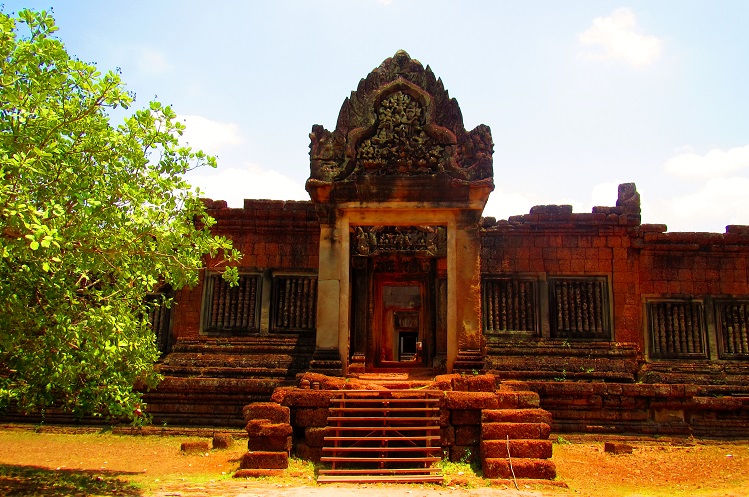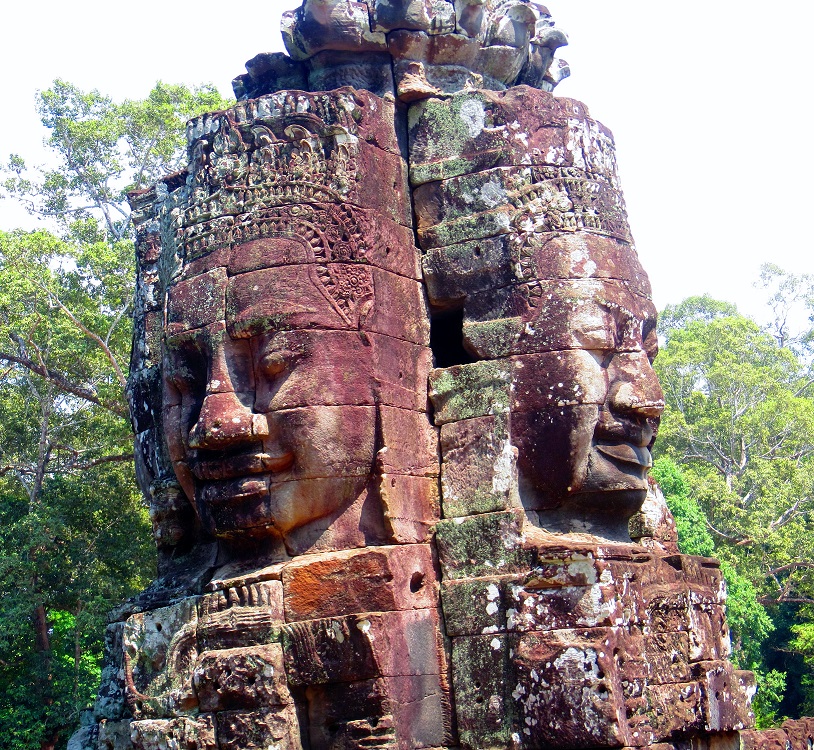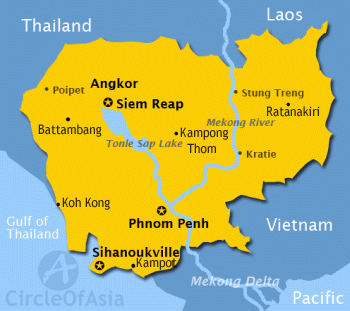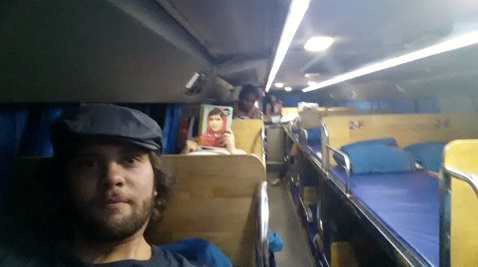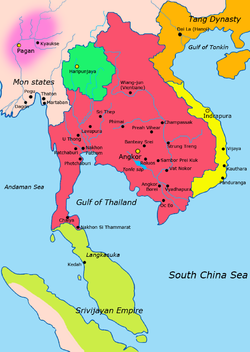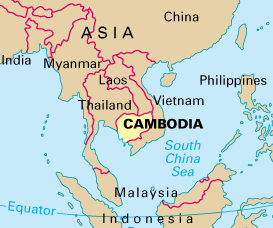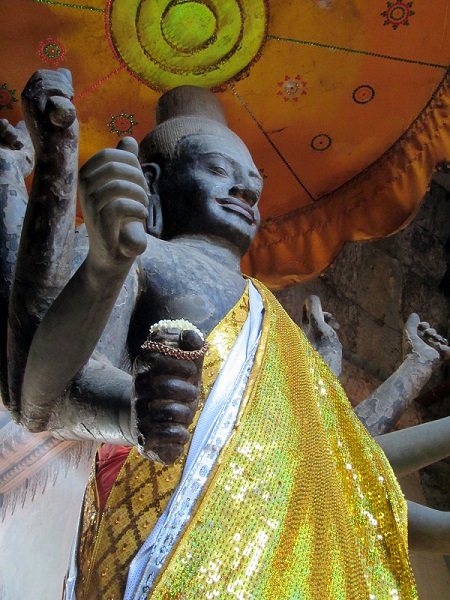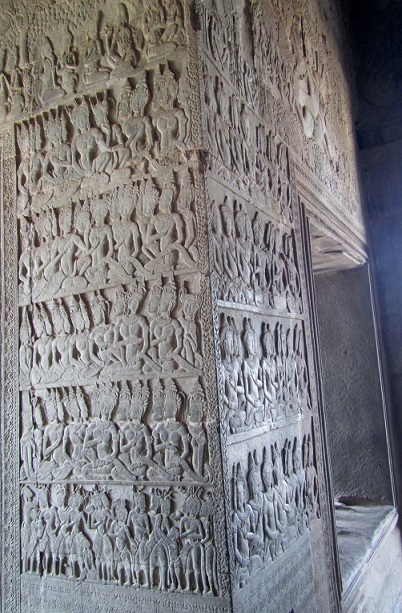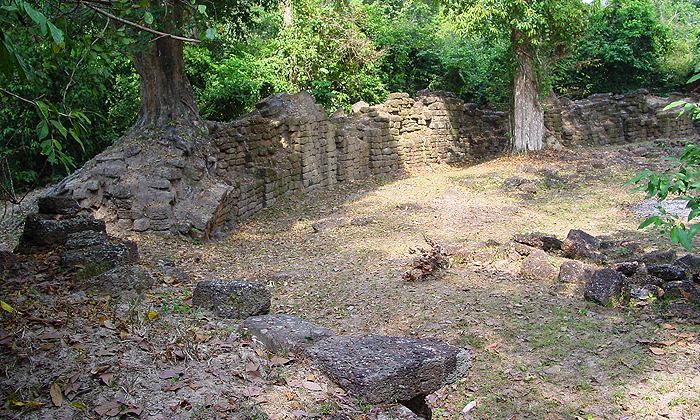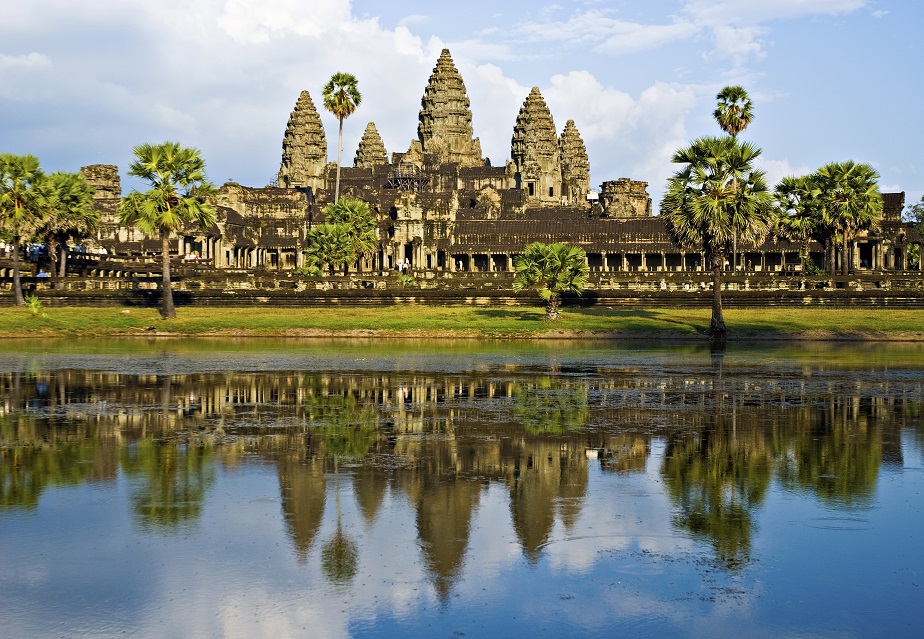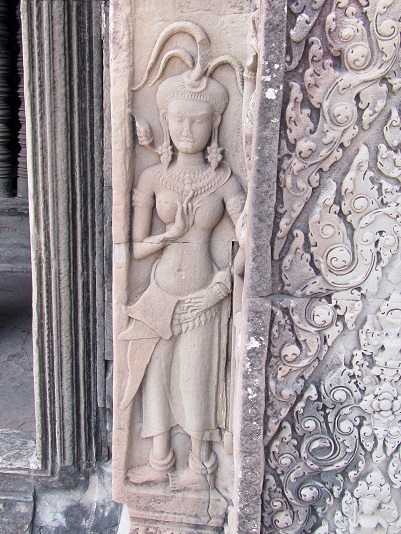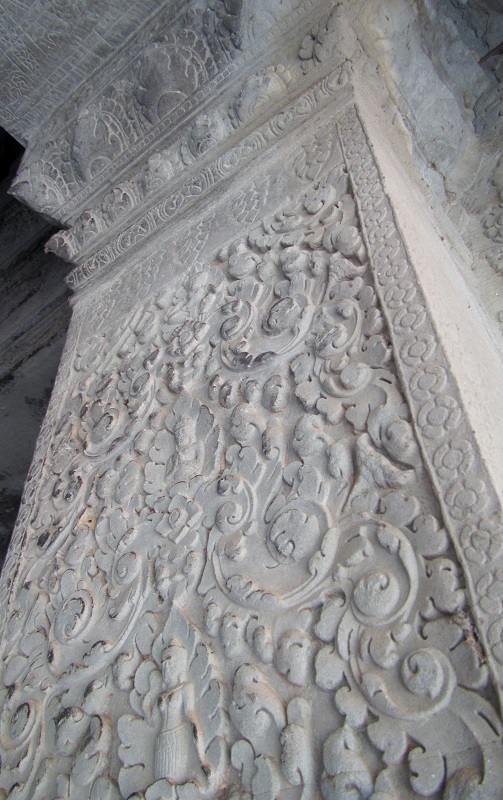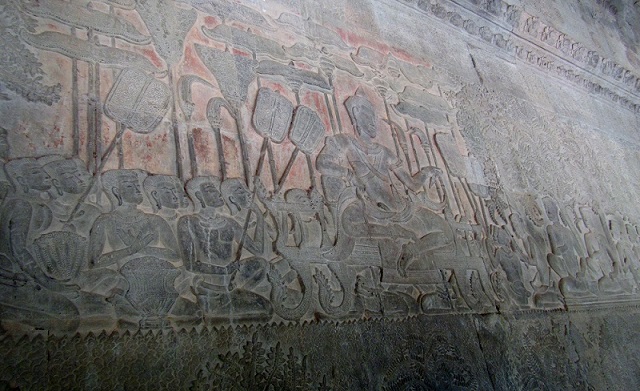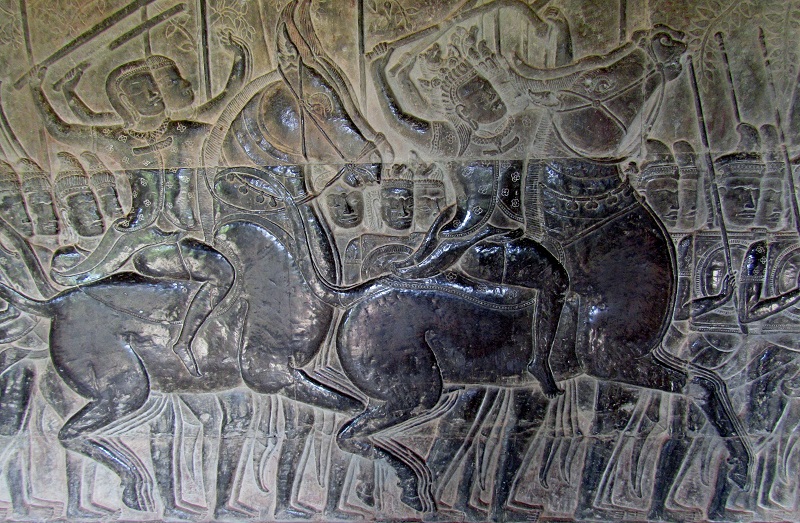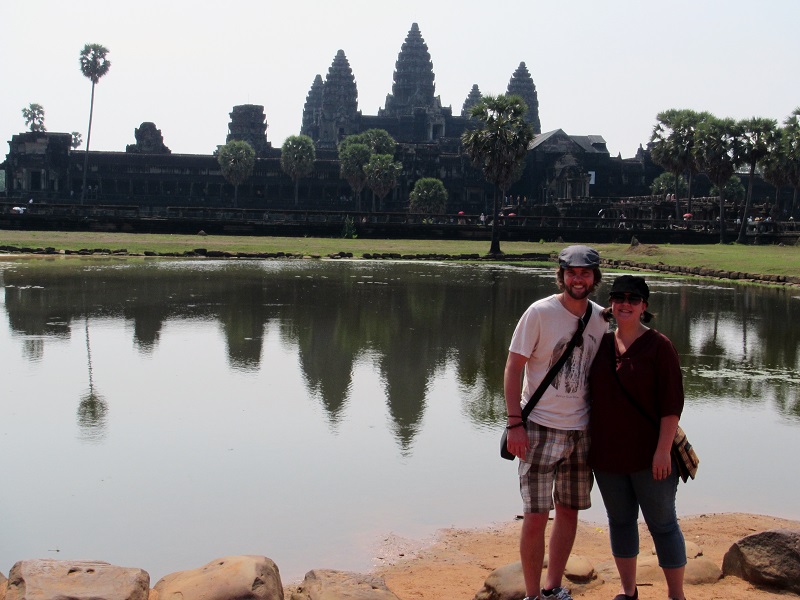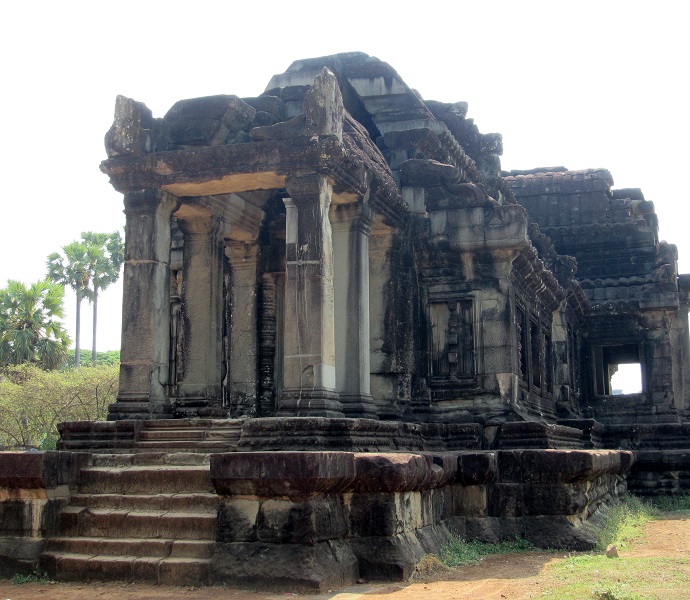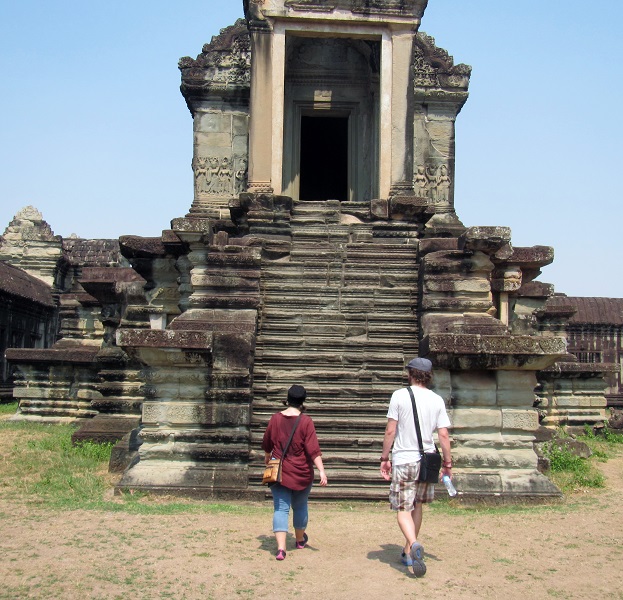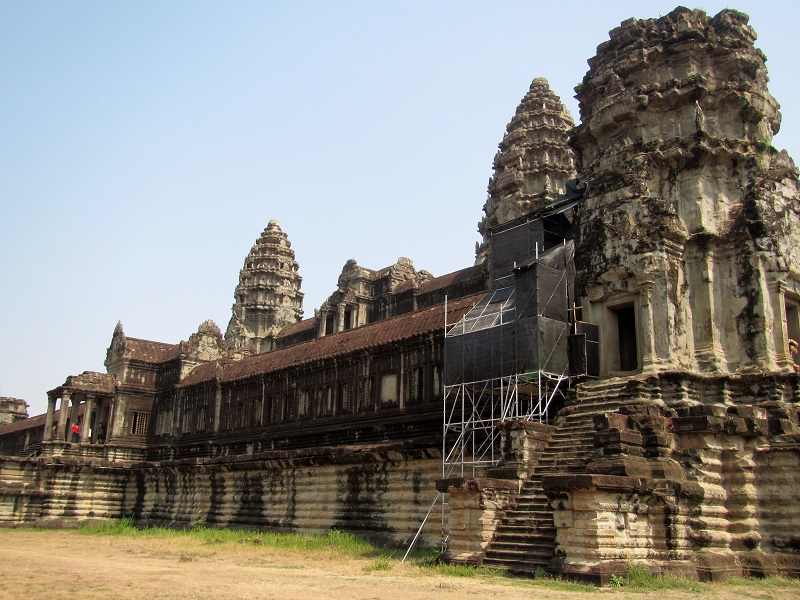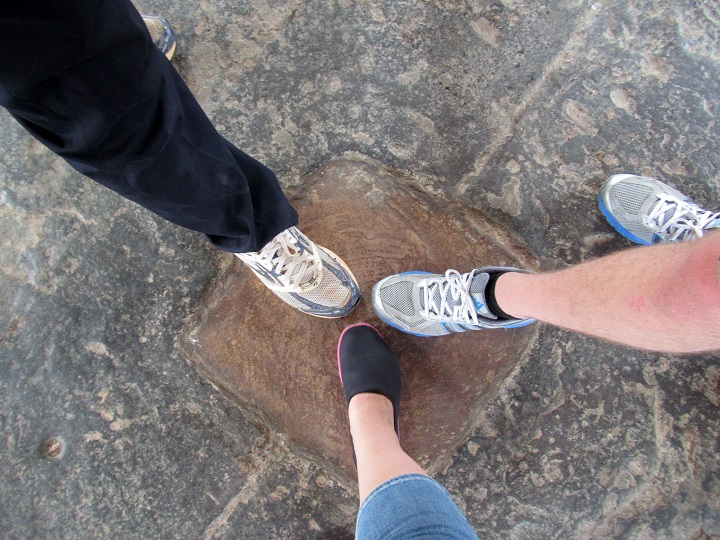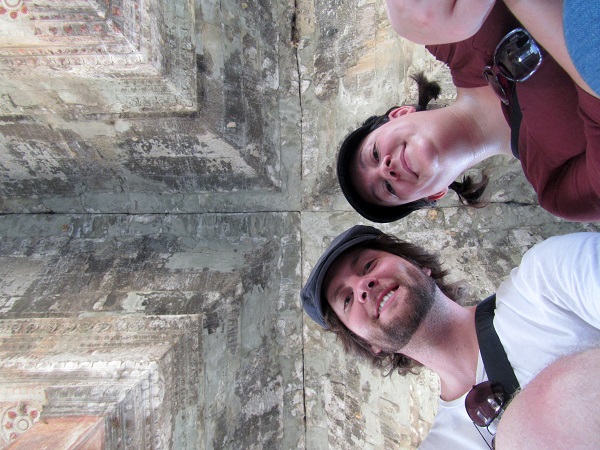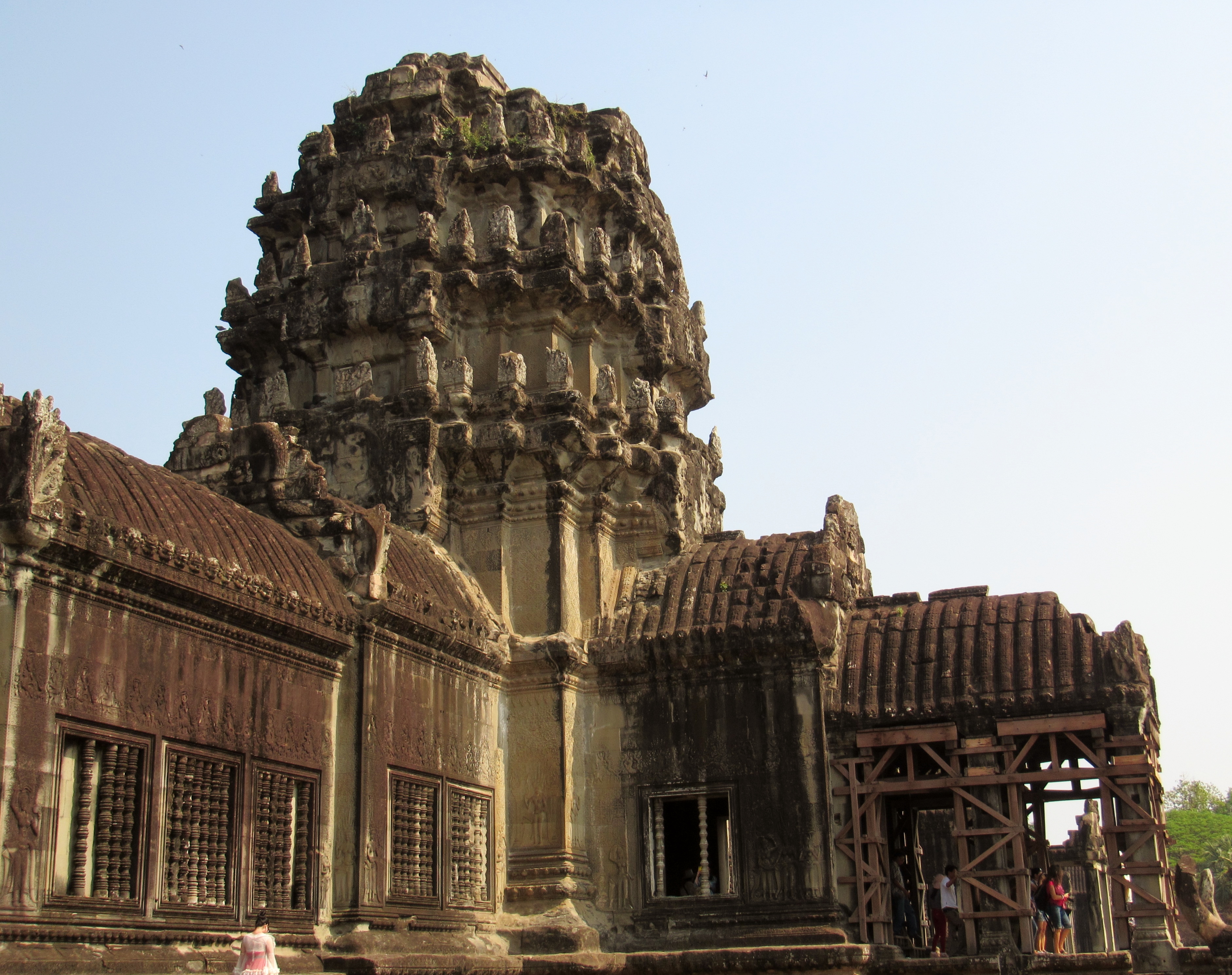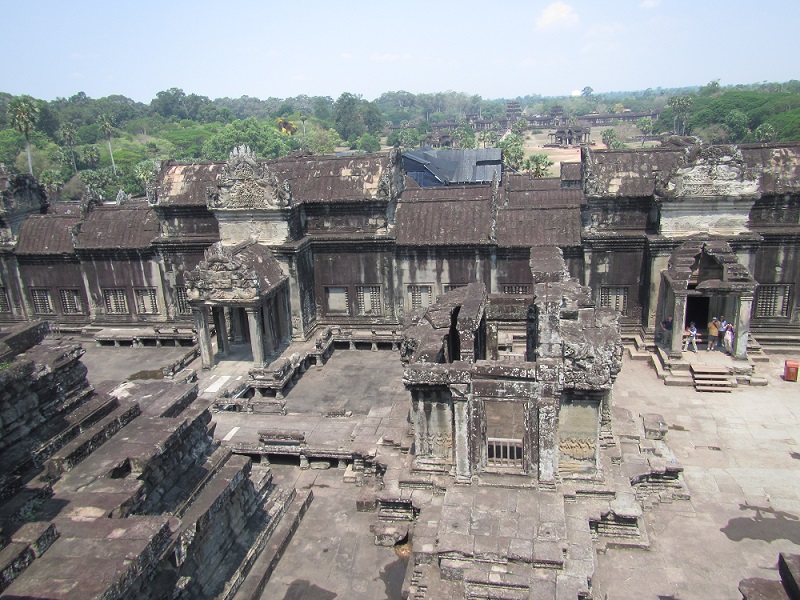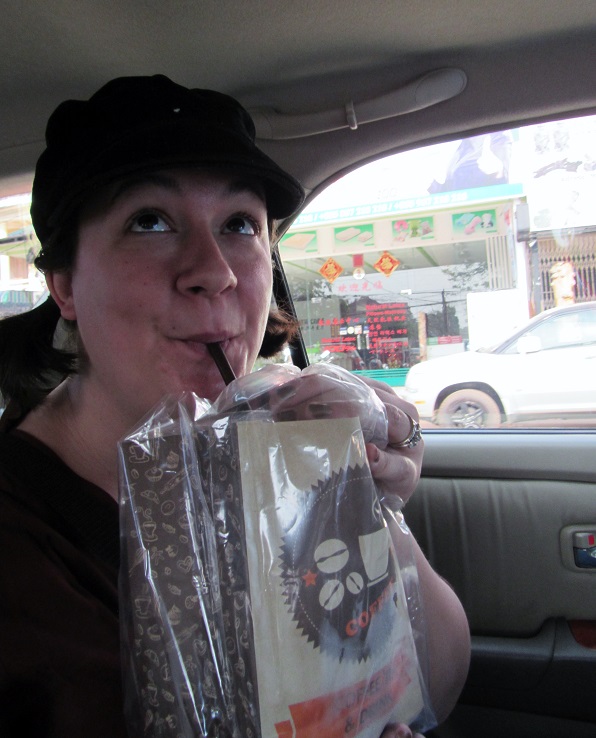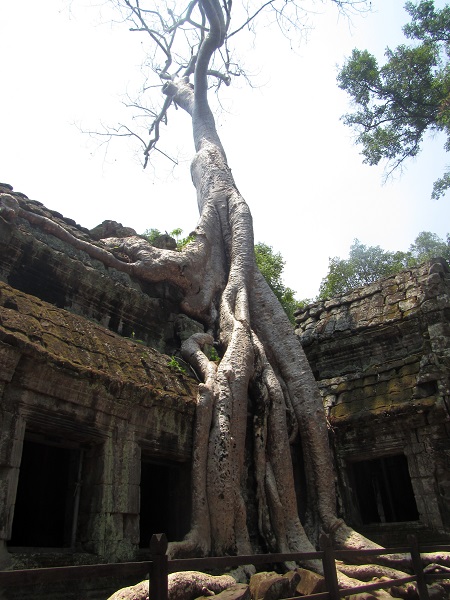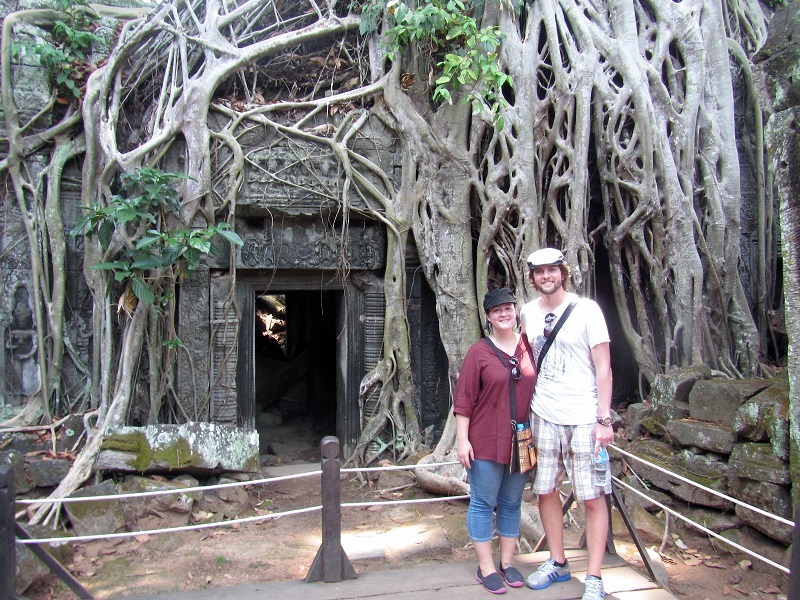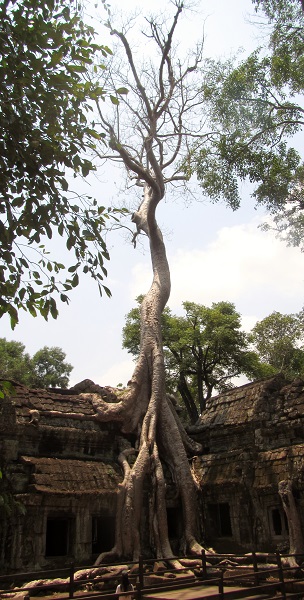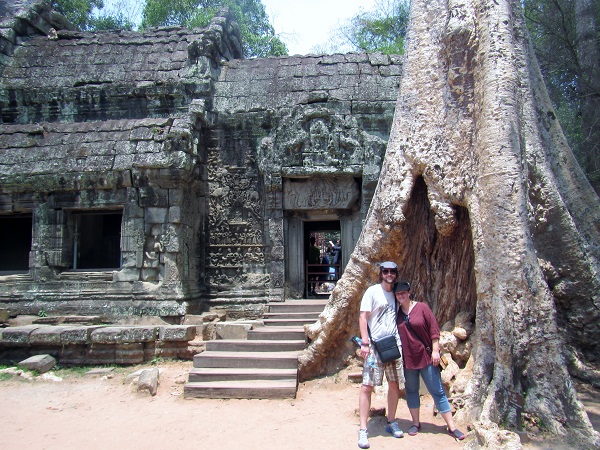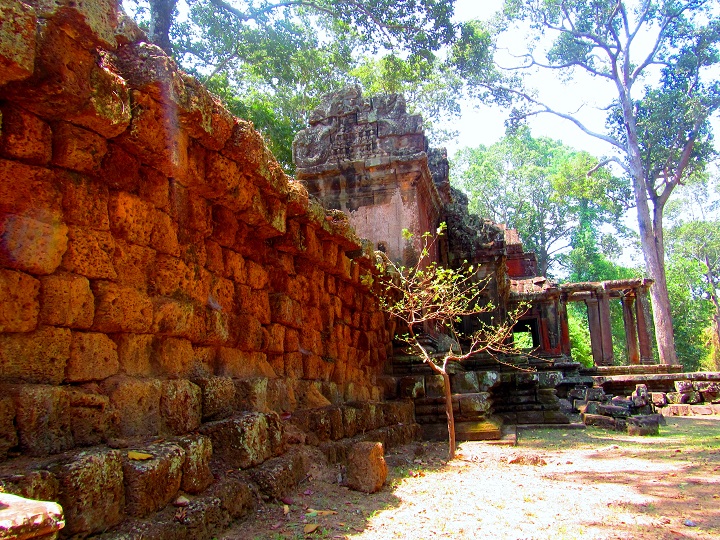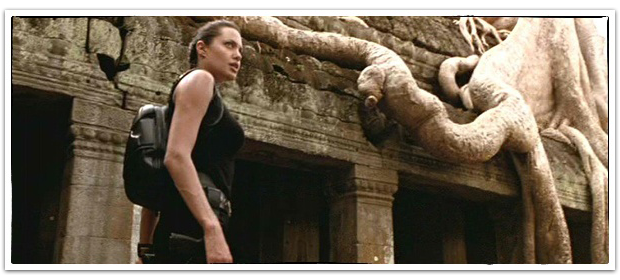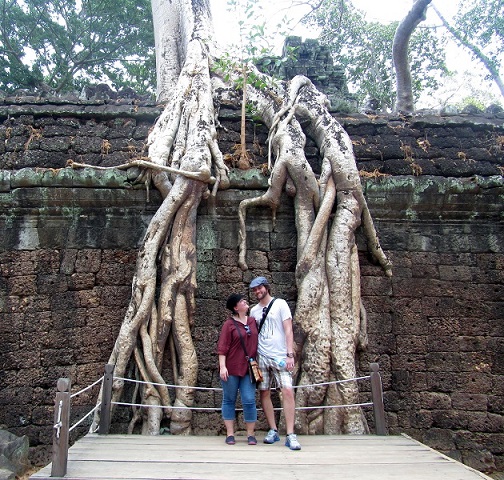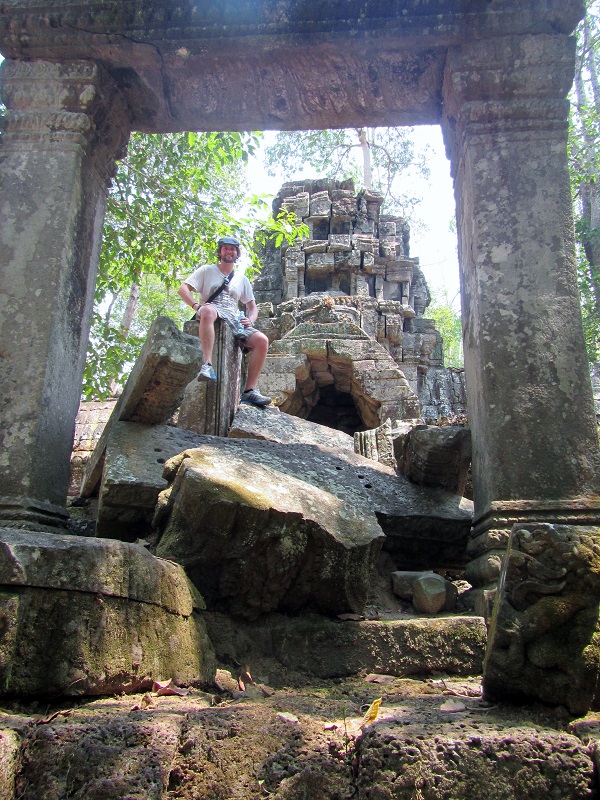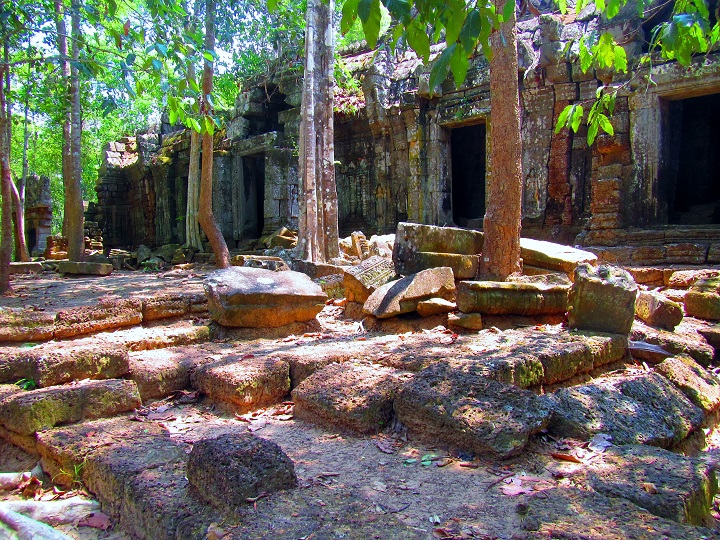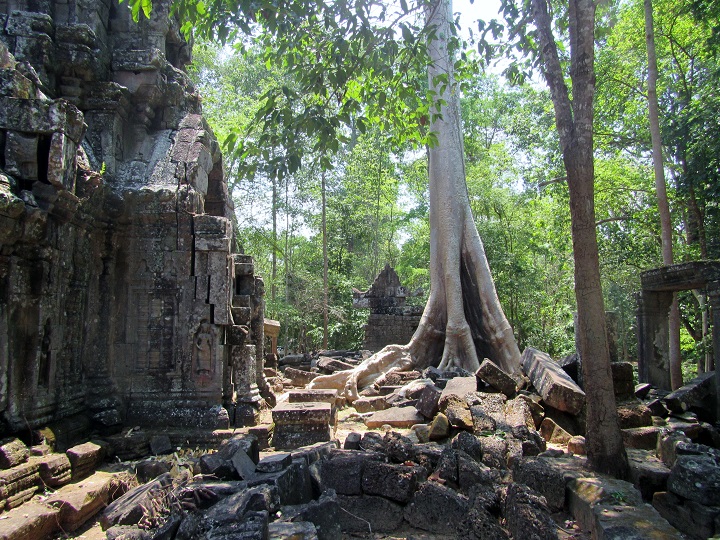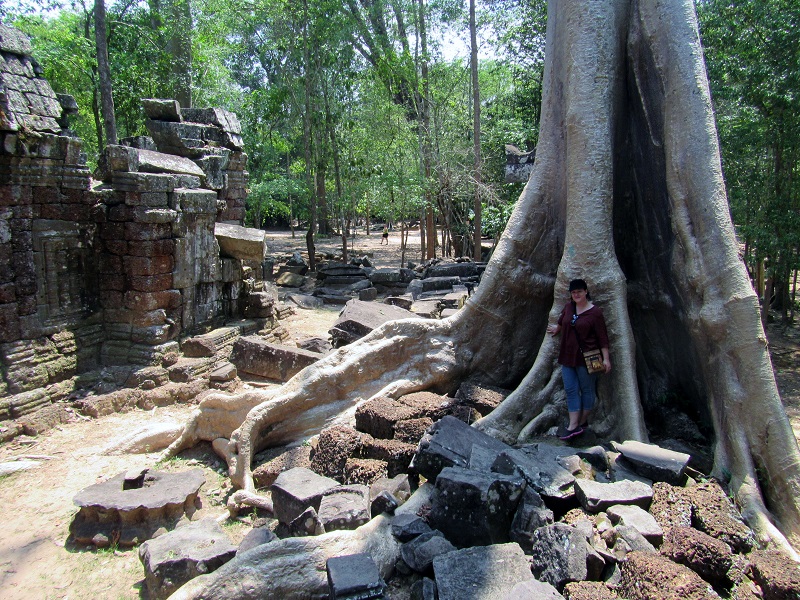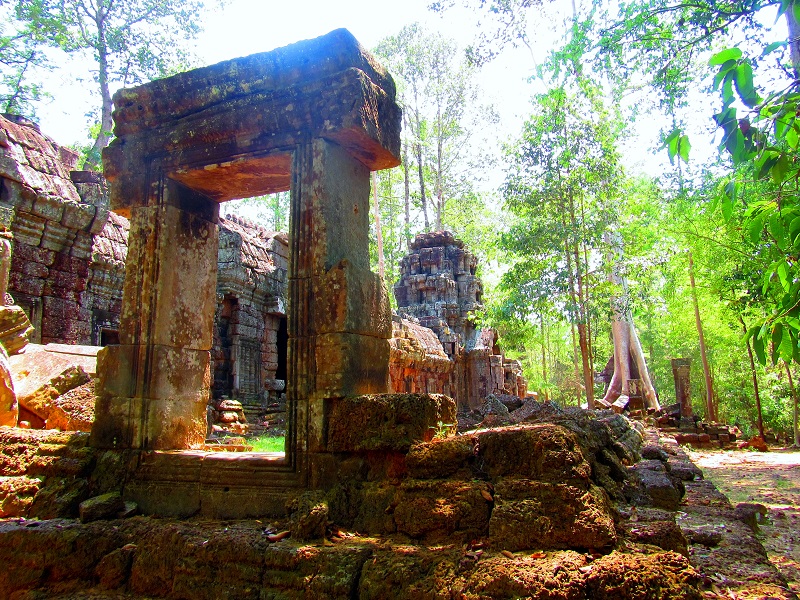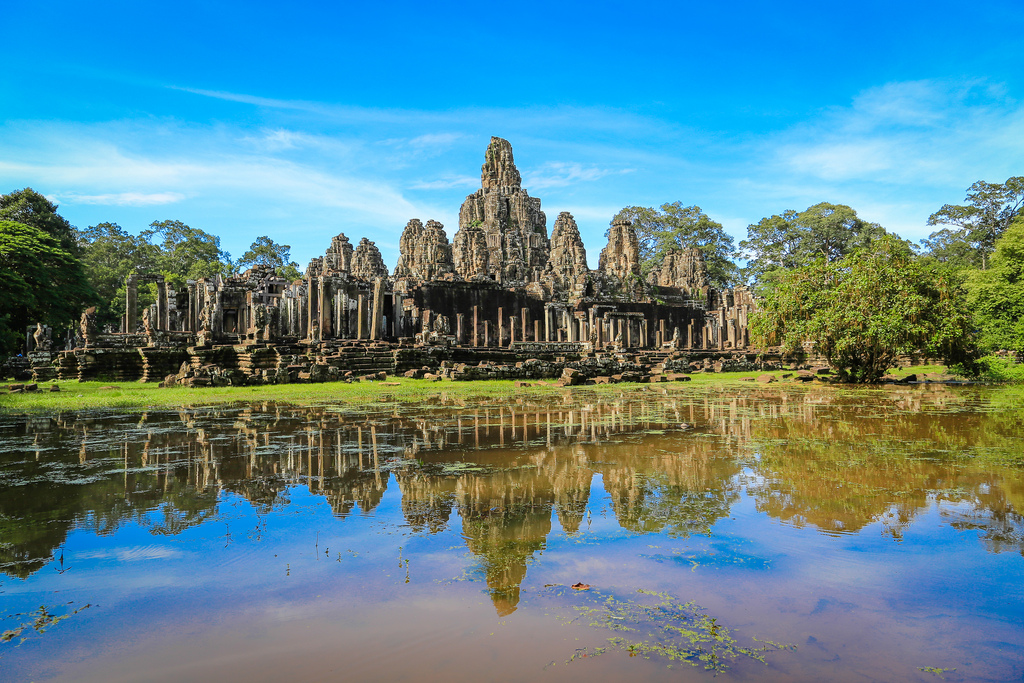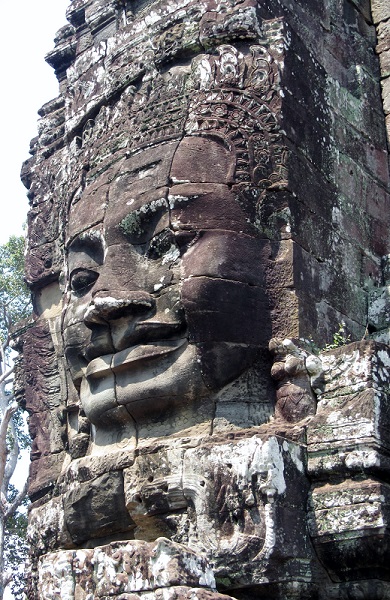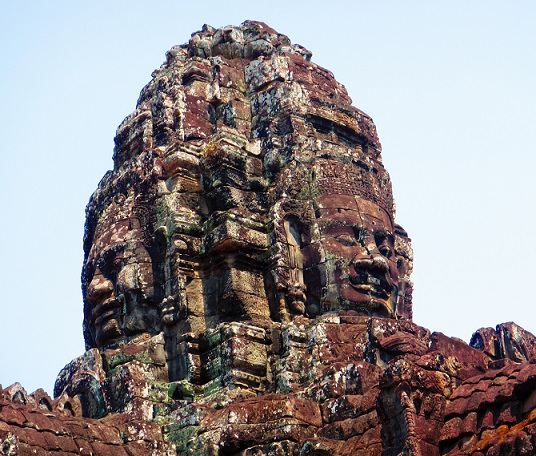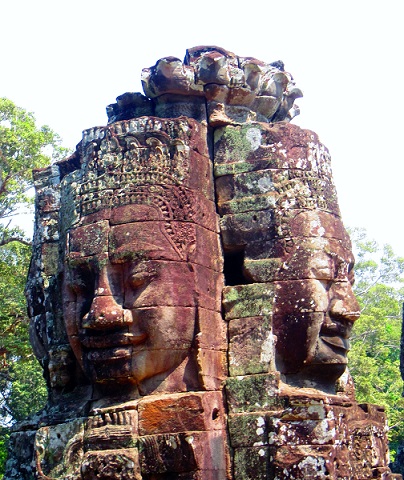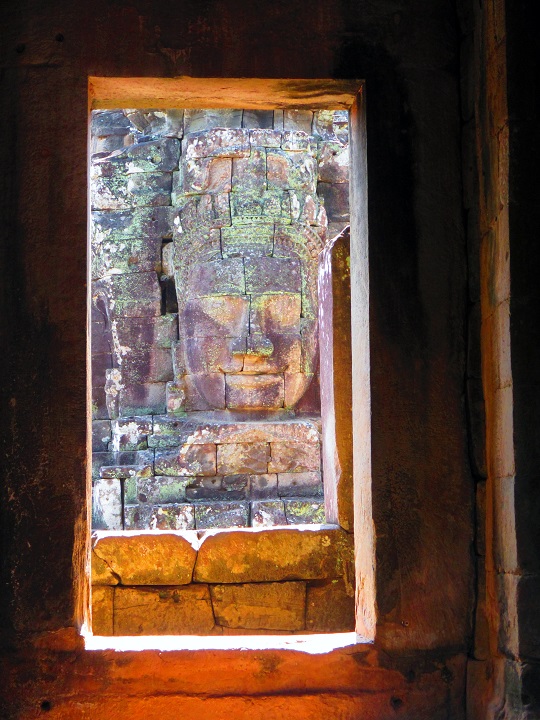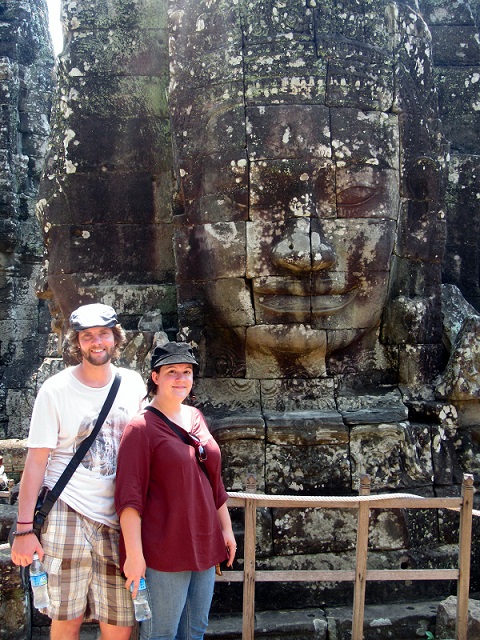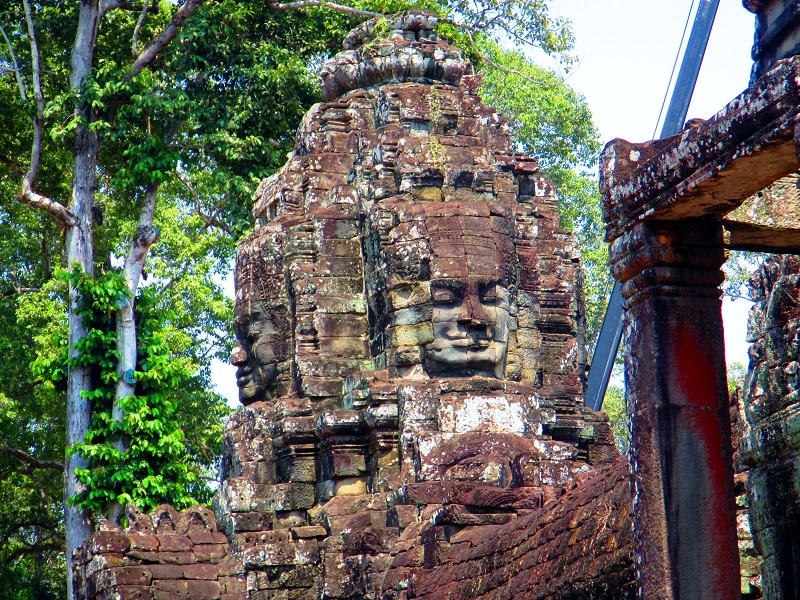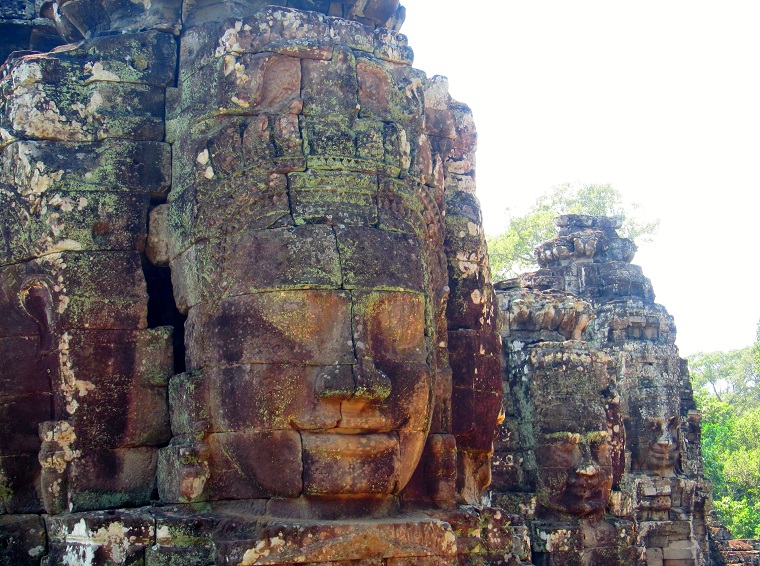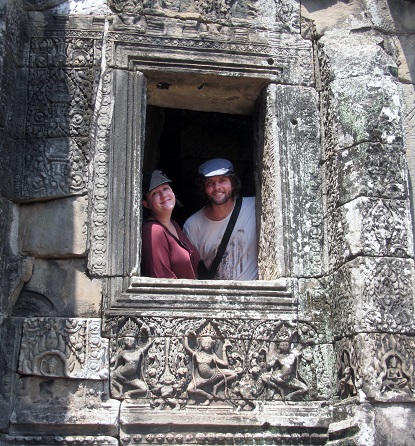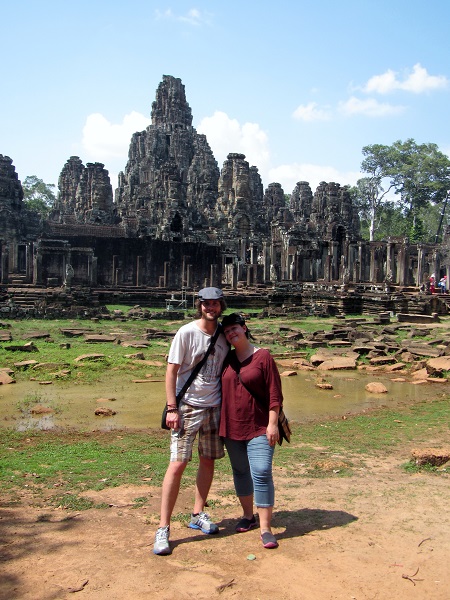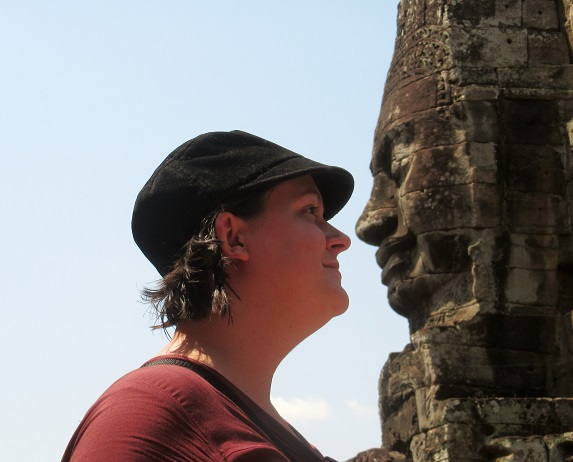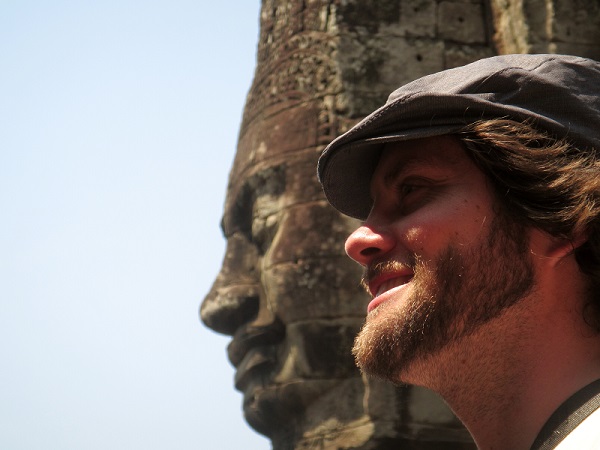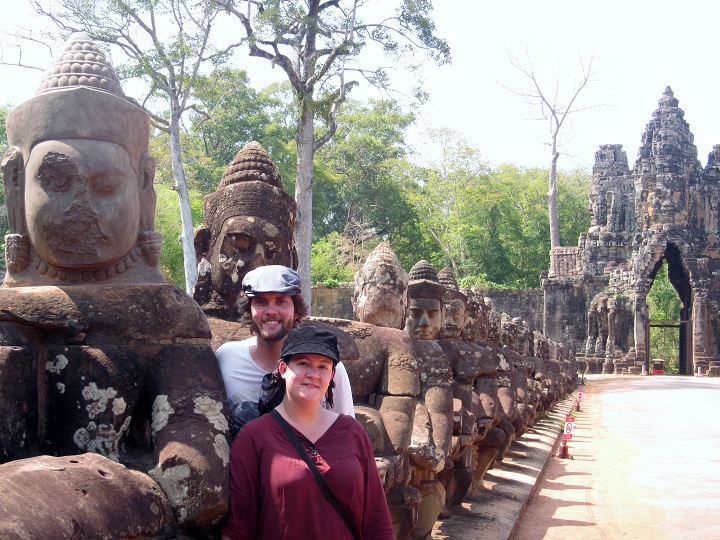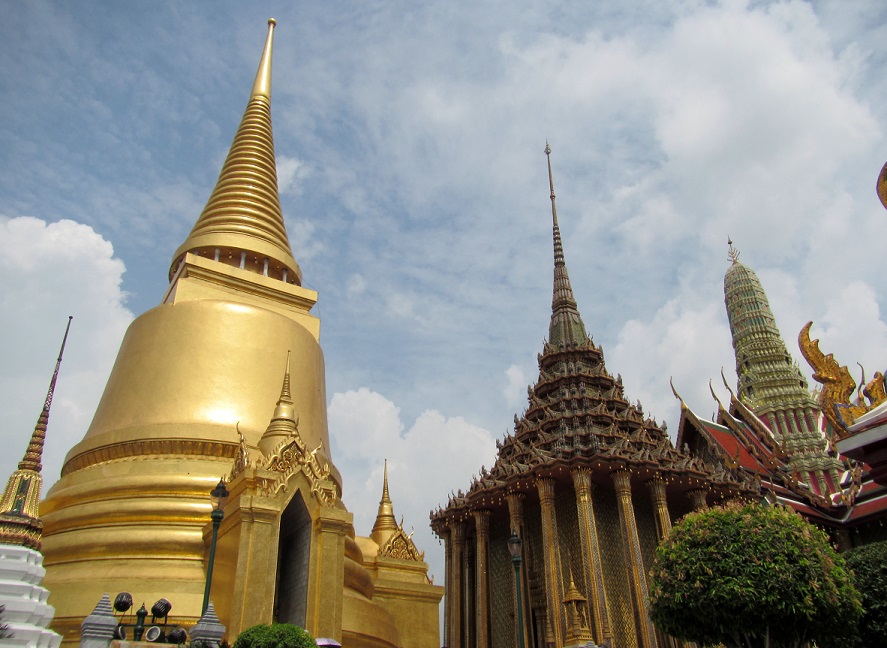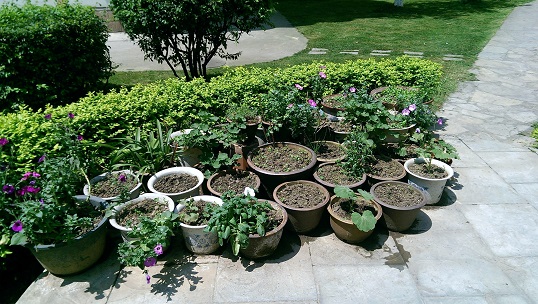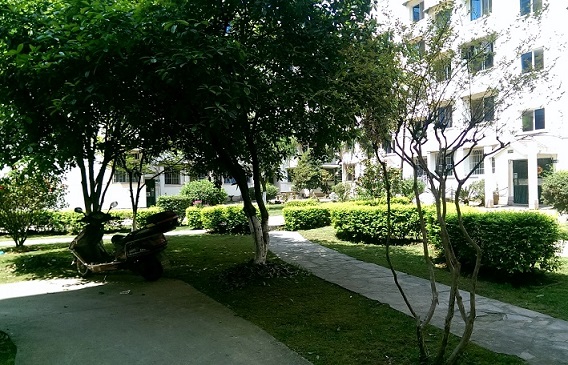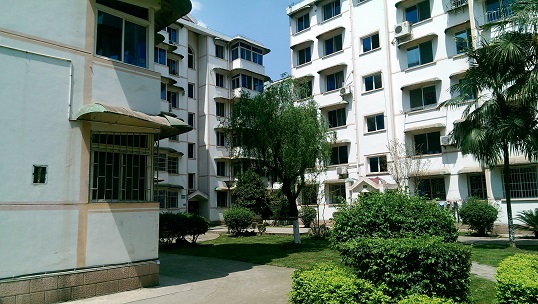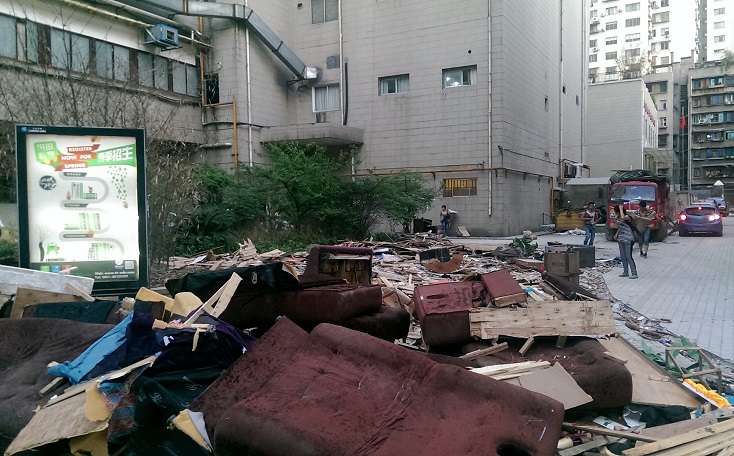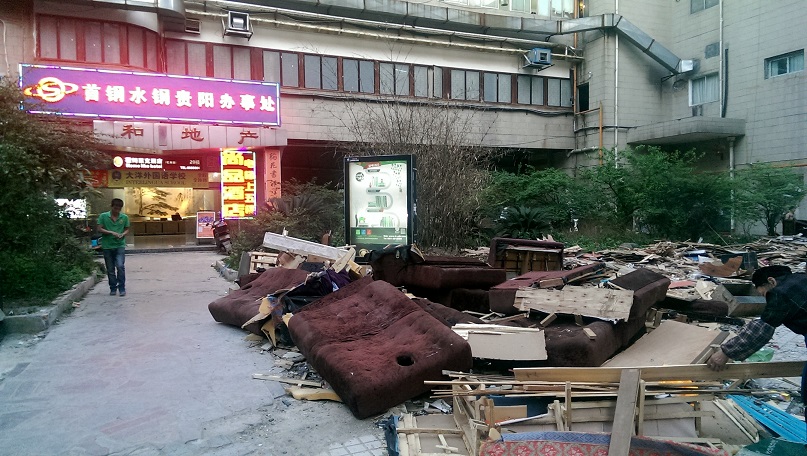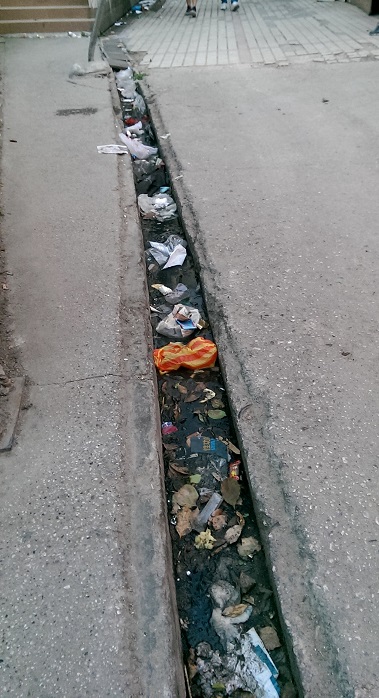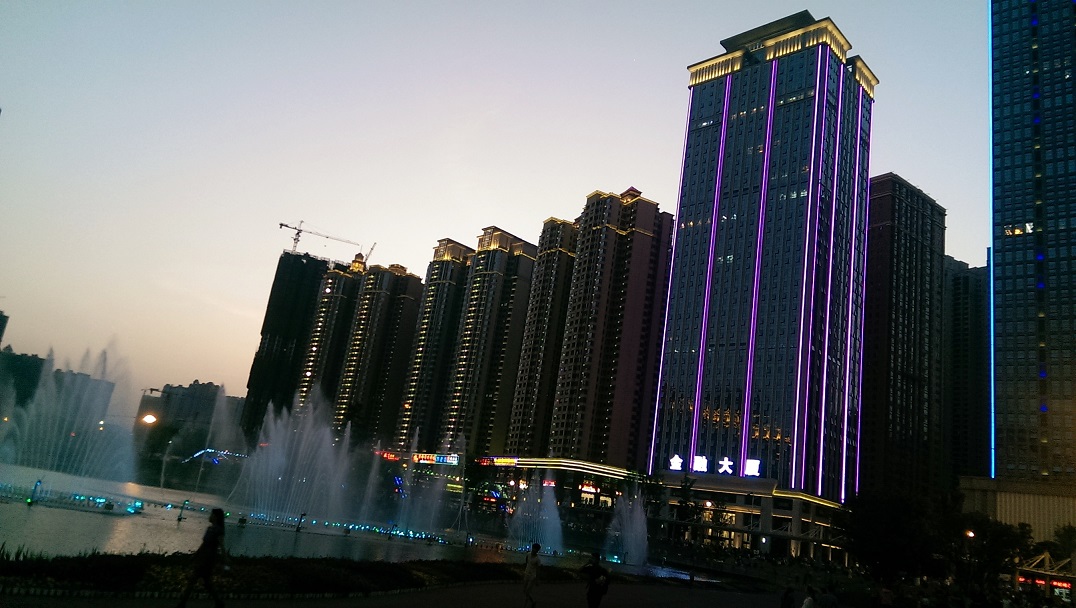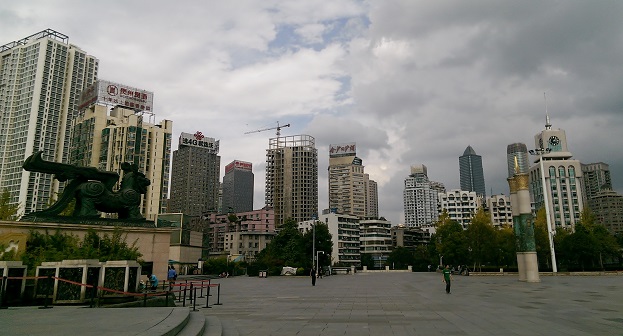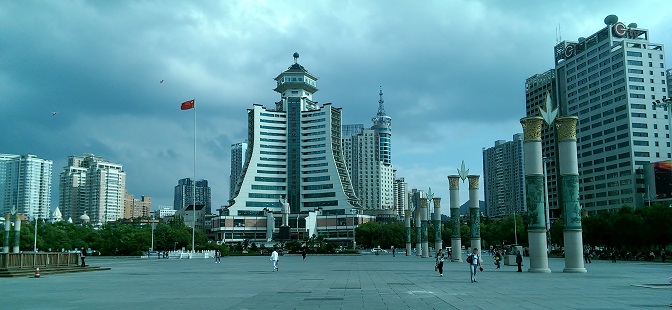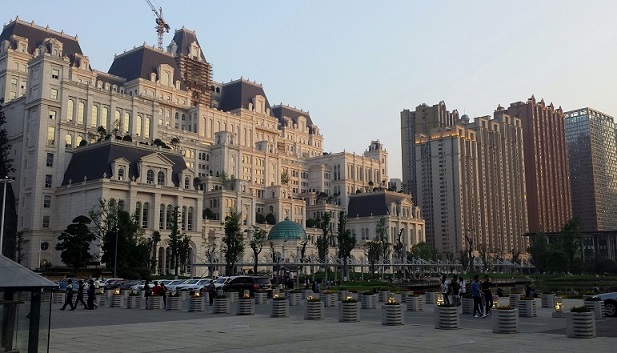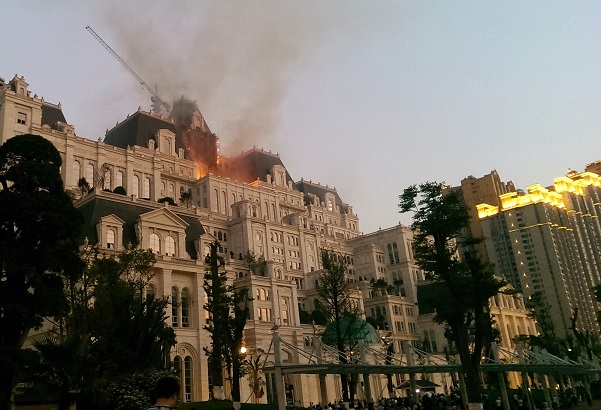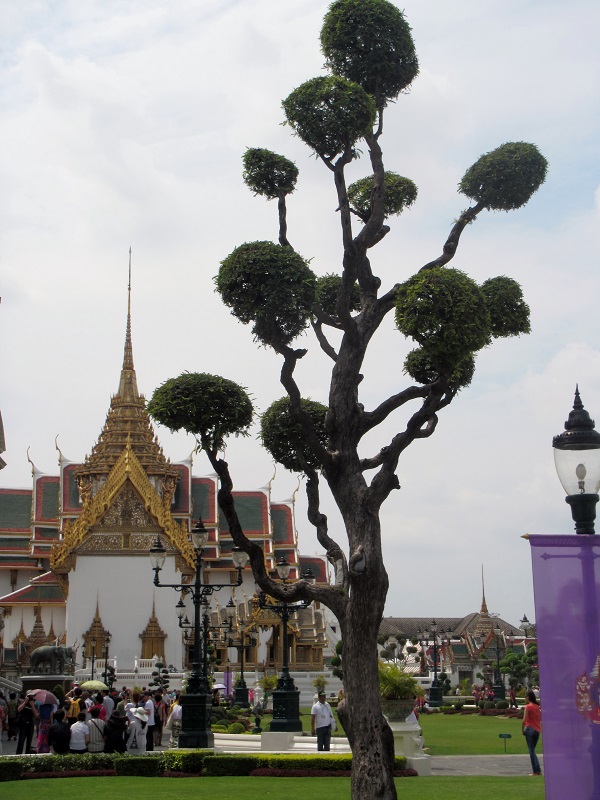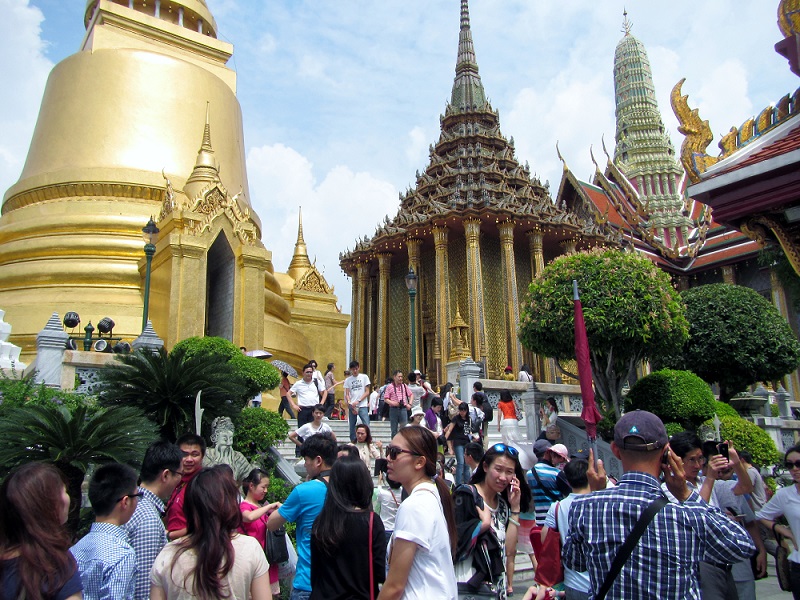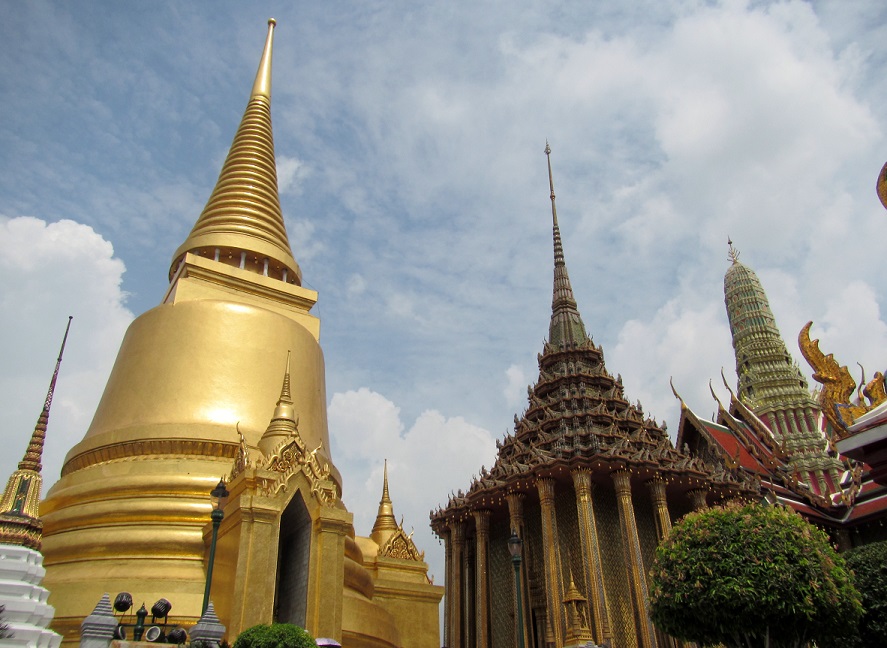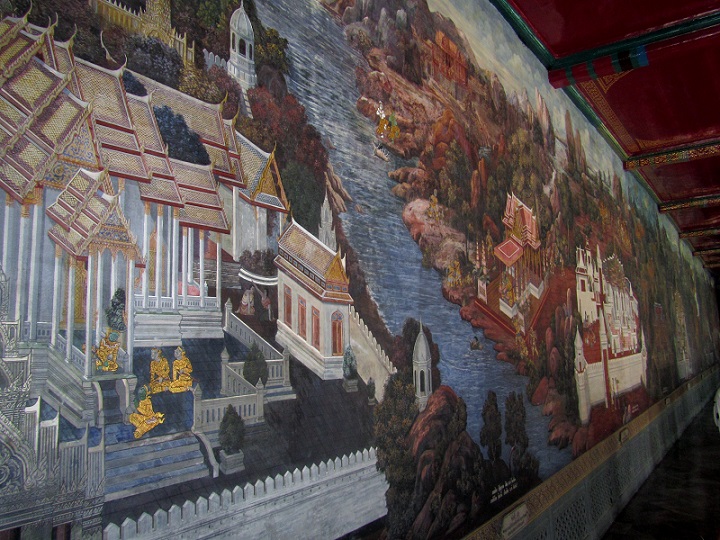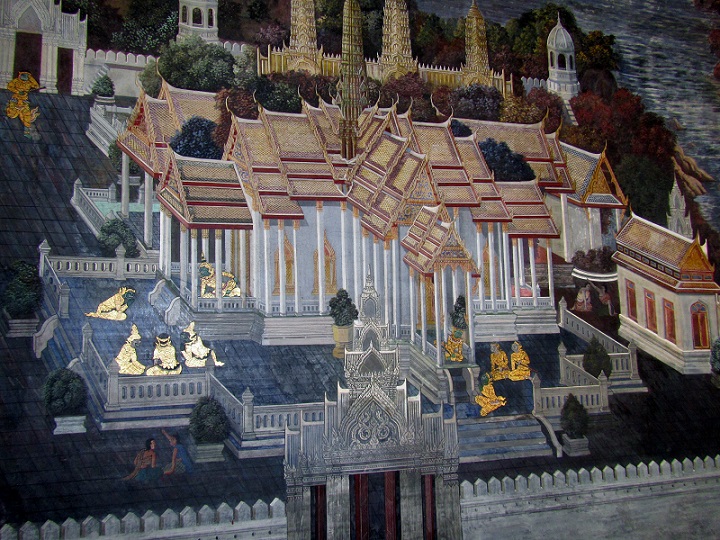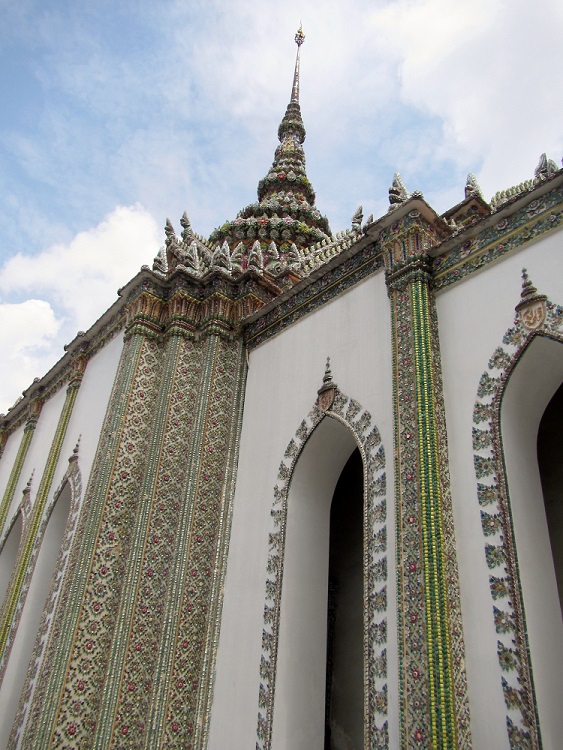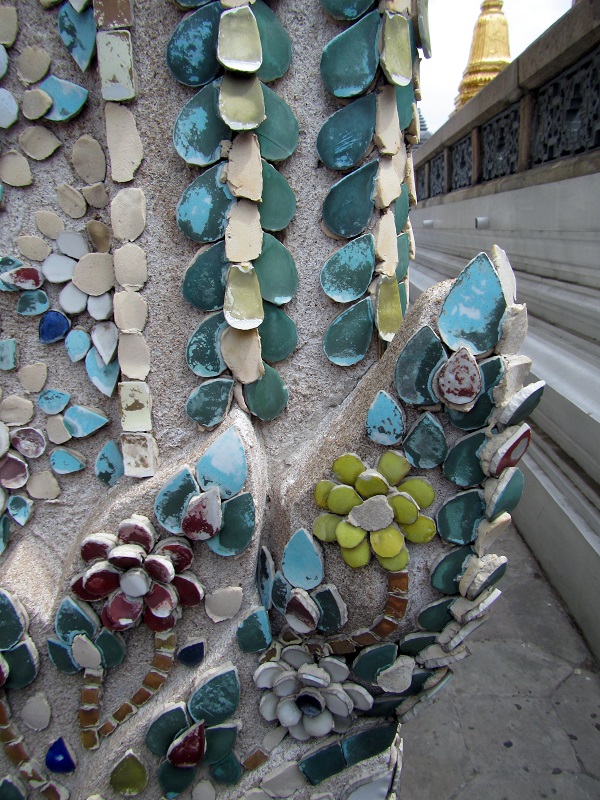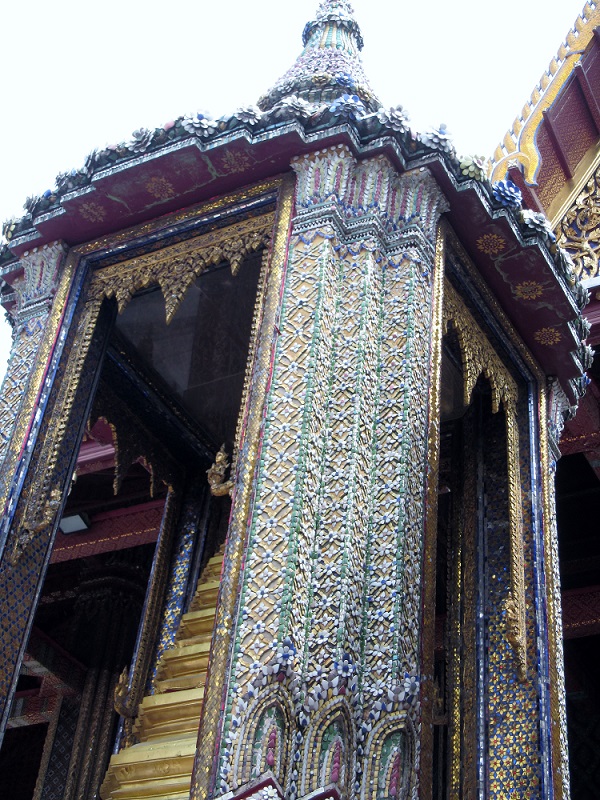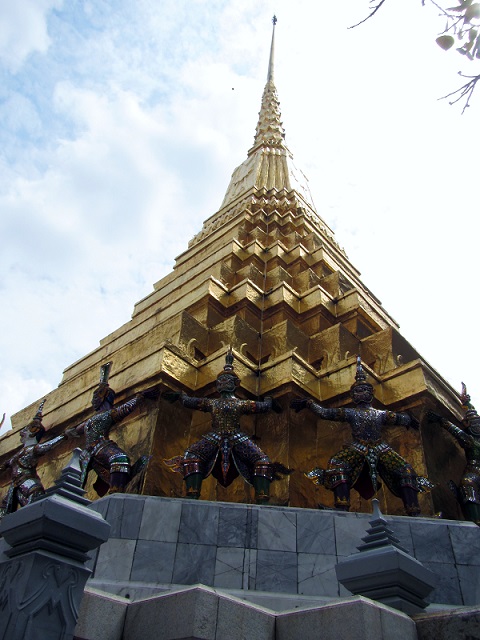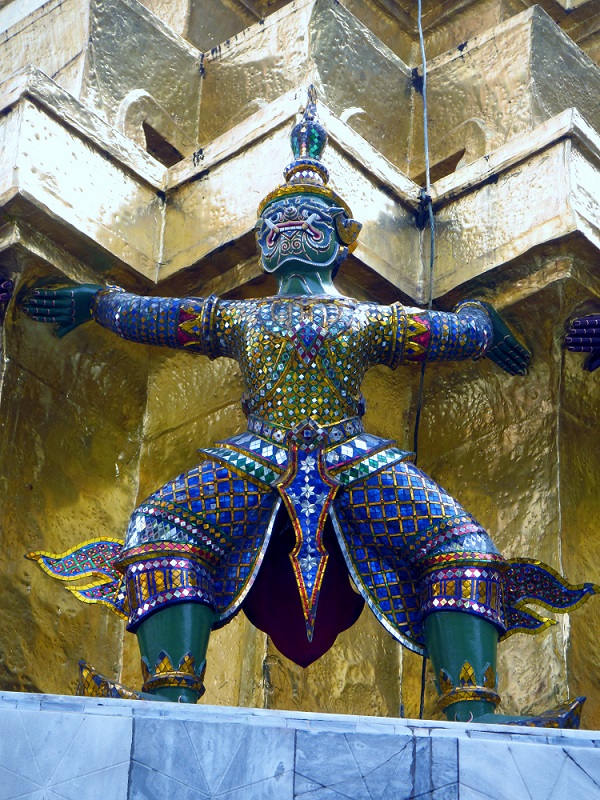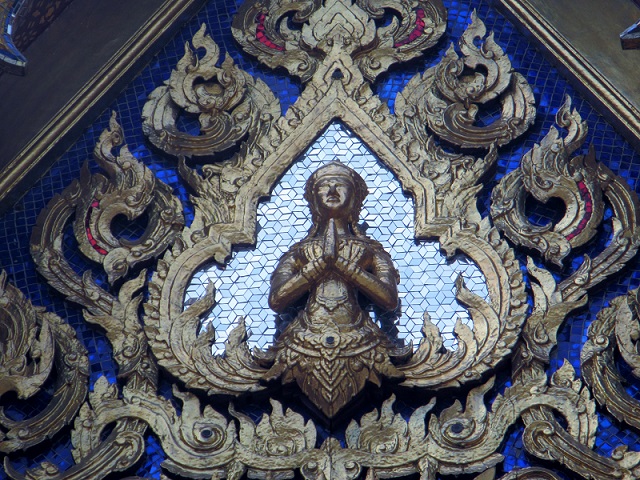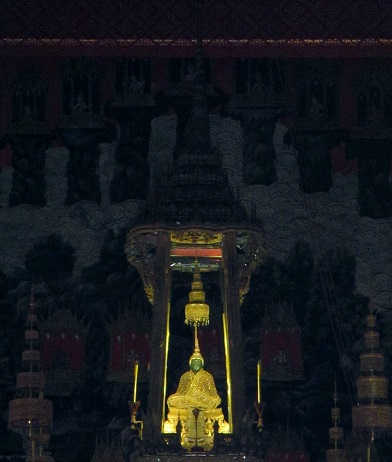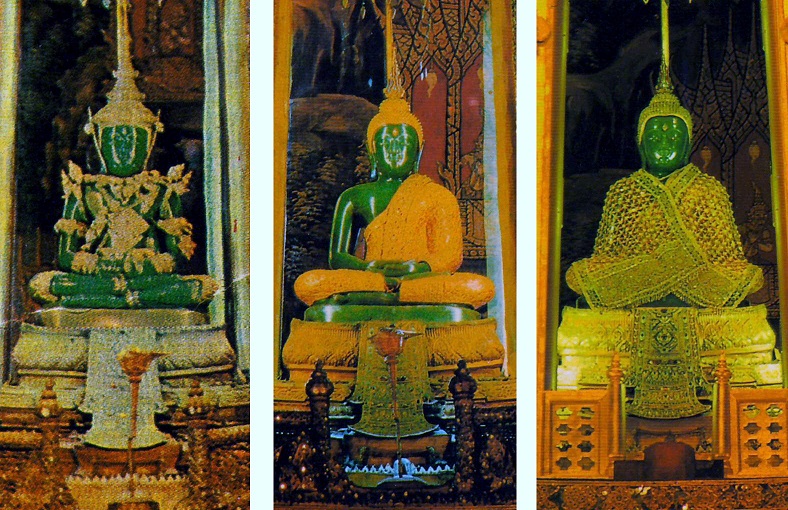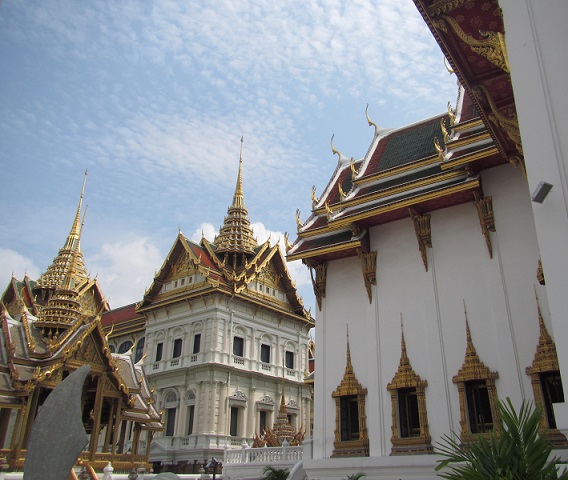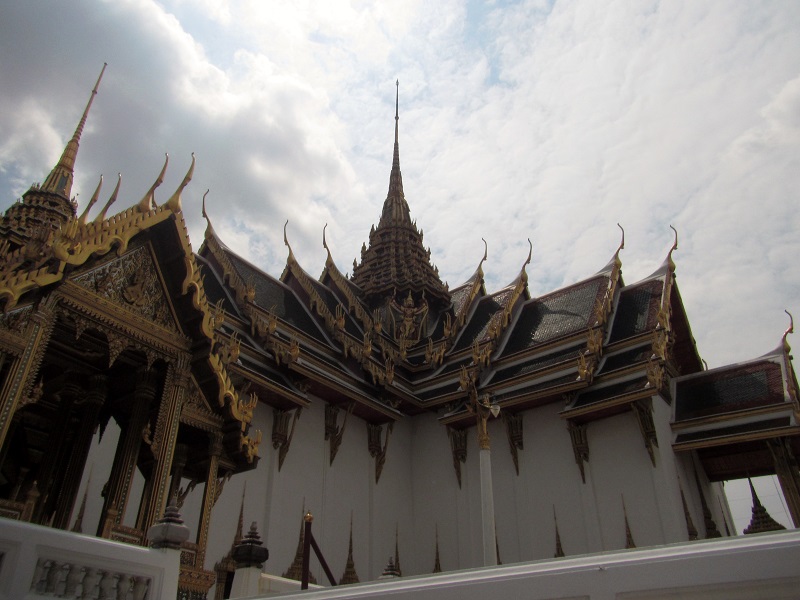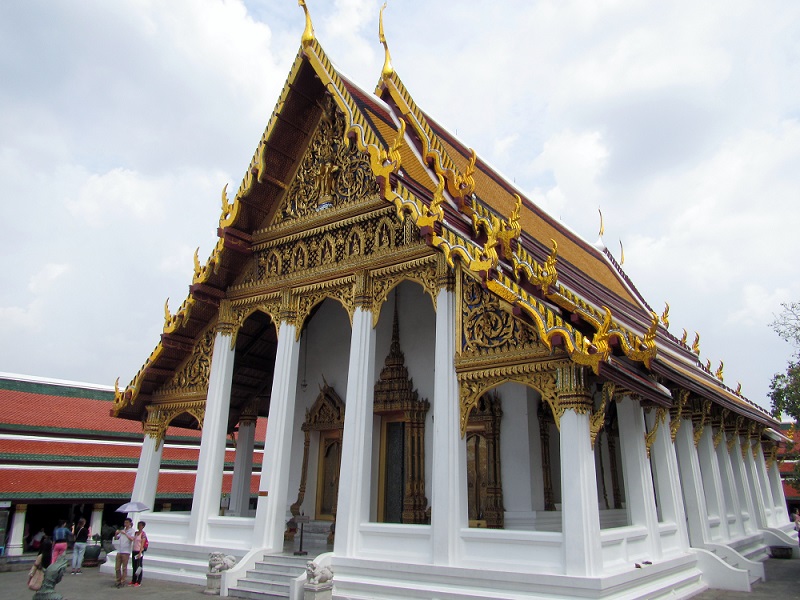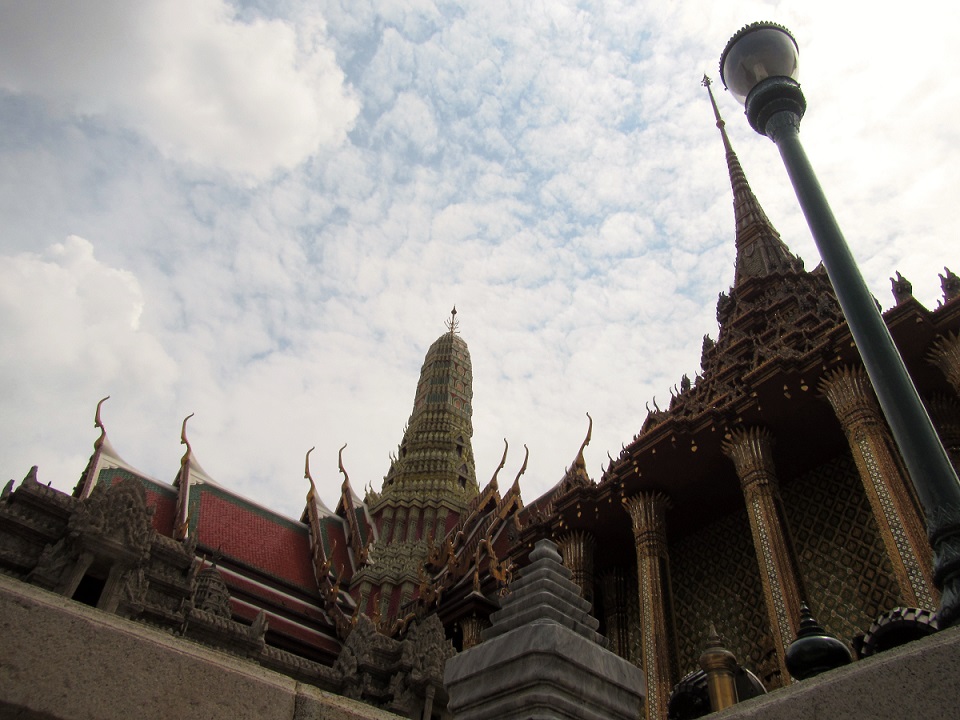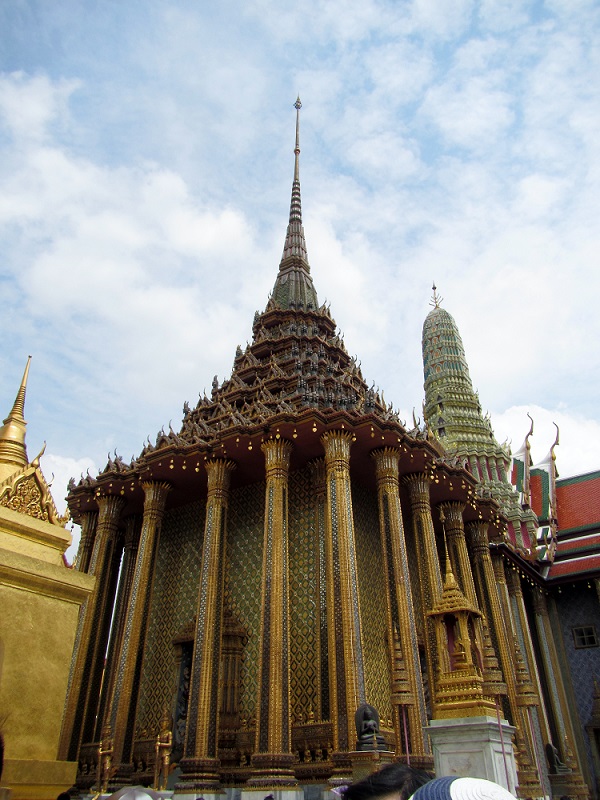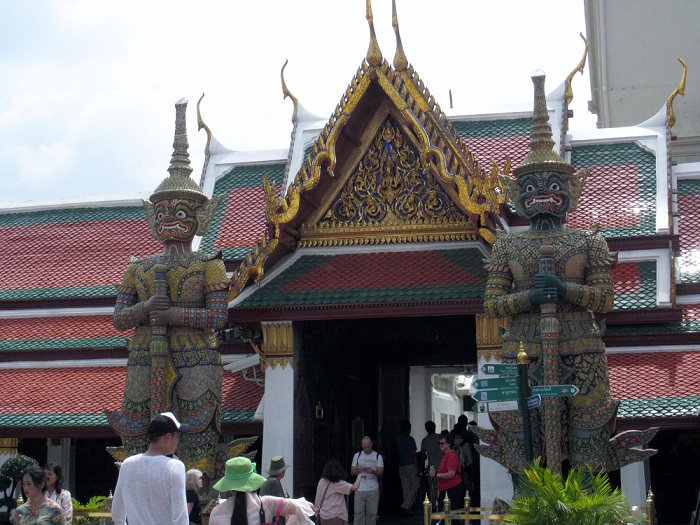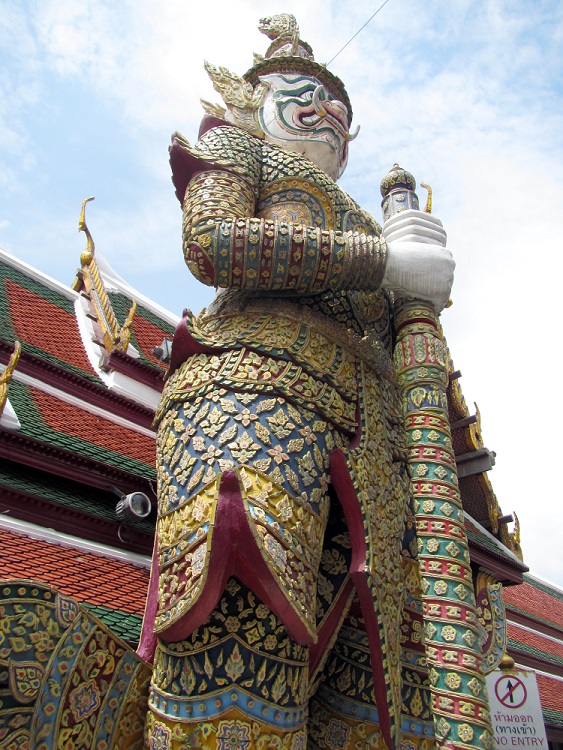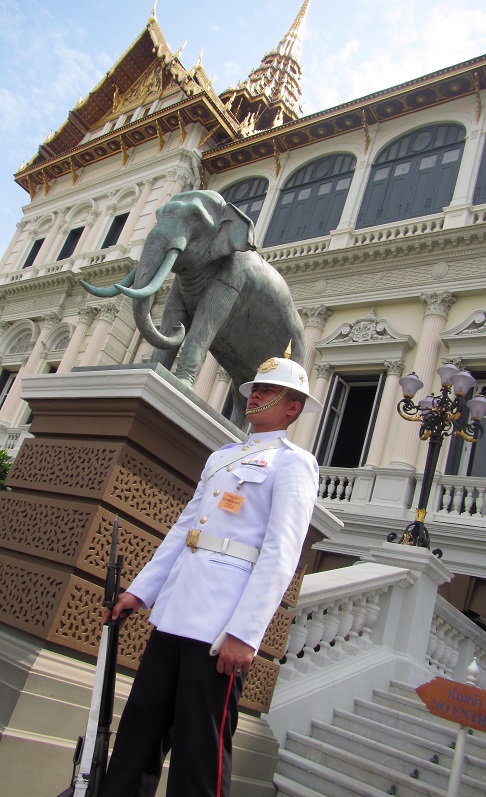Our final stop in Cambodia was in Kratie, a small city located North-East of Phnom Phen. We booked our transportation ahead of time with Cambodian Pride Tours and I was glad we did. It was a 6 hour drive from Angkor National park, and I was happy to not have to do it in a crowded van! Being in a car also meant that we could appreciate the countryside more, which was really nice. I feel like we got to see so much of Cambodia while we were there!
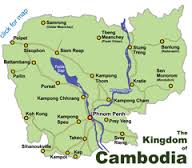
Kratie is a lot less touristy than Siem Reap, and it was nice to get away from the crowds. Kratie is both the name of this small city and the province where it’s located, and there isn’t a whole heck of a lot to see here, based on what the internet has to say anyway. Other than the Irrawaddy Dolphins (which I’ll get to in a bit), Kratie’s biggest attraction is that is runs along the mighty Mekong River, and there are lots of great sights as a result.
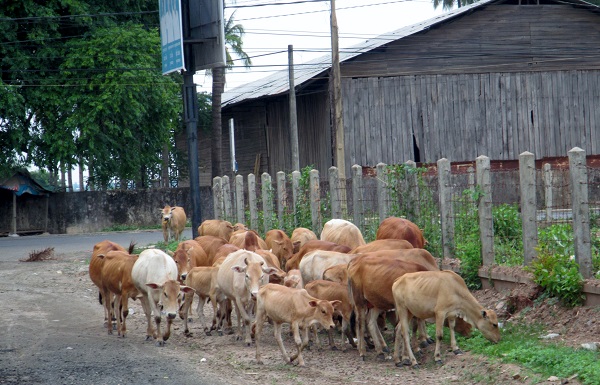
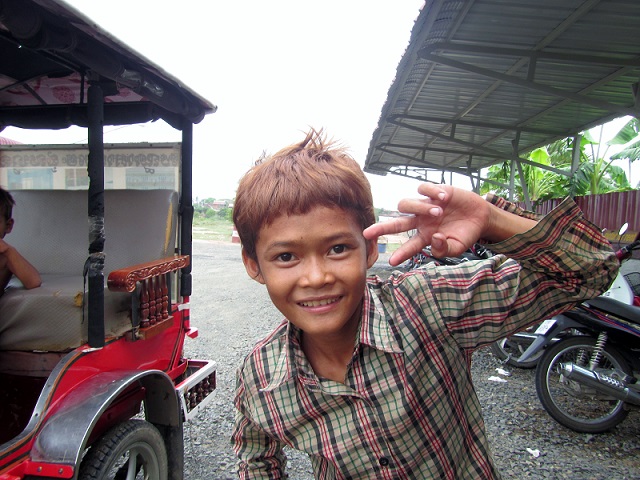
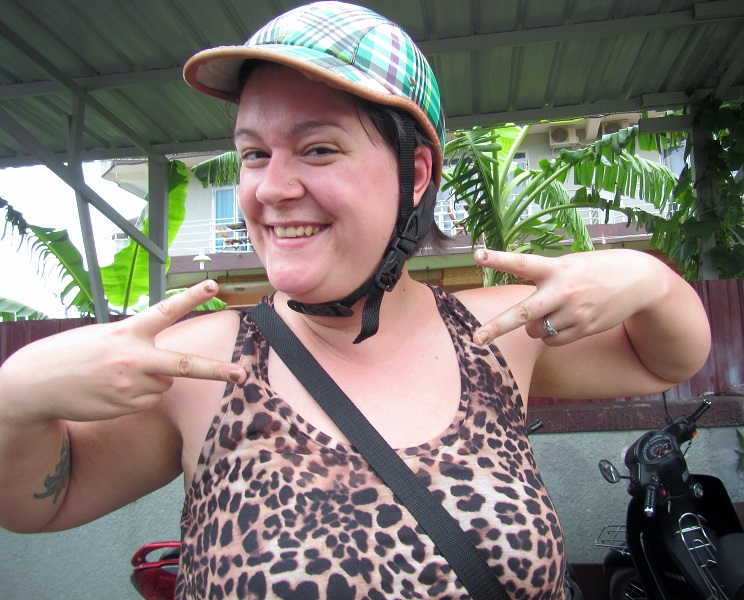
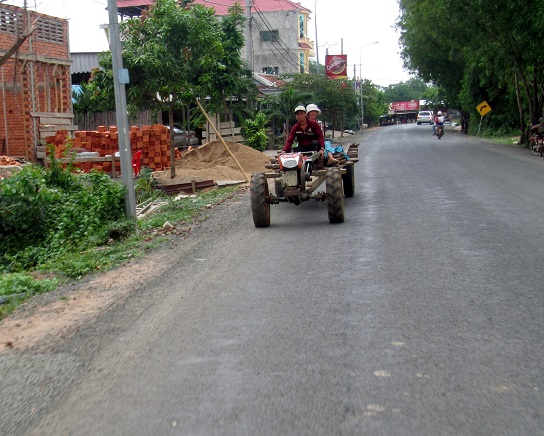
As happy as I was to get away from all the tourism though, I was just as happy to discover that our hotel was clean, comfortable and uber cute. Also, our hotel had a pool, which we took advantage of in the Cambodian heat. Have I mentioned it was really hot while we were there??? Because it was!!! I especially loved all the pets we had in our room 🙂
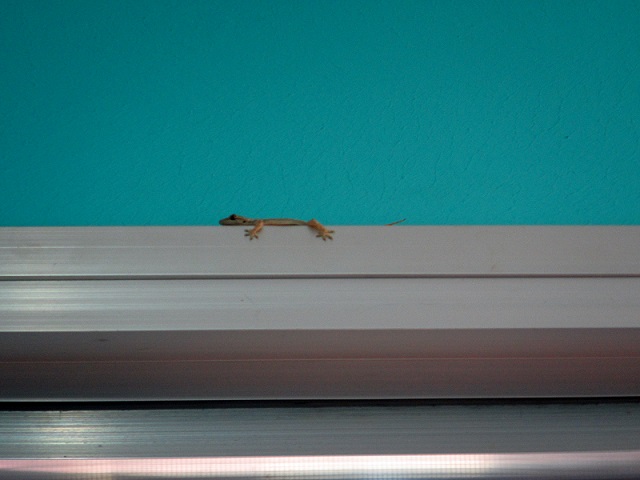
We only had 1 full day in Kratie, and it began bright and early when our tour guide, Sithy, met us at our hotel. Before going further, I need to say that Sithy is one of the most passionate and fantastic tour guides I’ve ever met in my life. I honestly didn’t know a tour could BE that enjoyable. If you are reading this because you are visiting Kratie, please do yourself a favor and get in touch with this man. He started this company on his own and does basically everything himself. His prices are fair, he cares greatly about the quality of his tours and he tries very hard to give back to the community. You can check out his website here. or go to www.cambodianpridetours.com
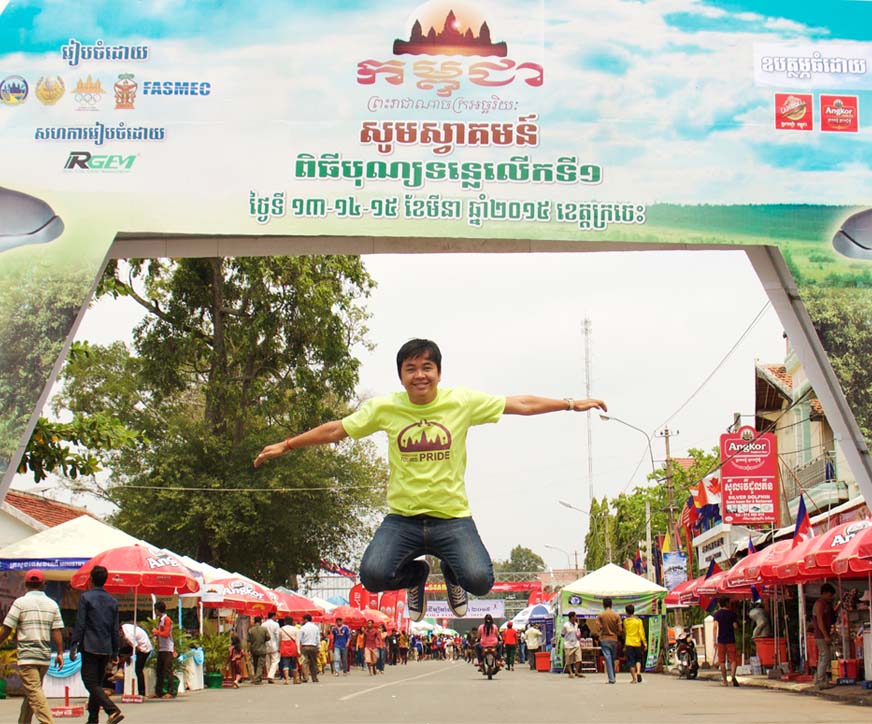
One of the cool things about this tour is how laid back it is. We rented a scooter for the day and rode around the countryside, stopping now and then to see what country life in Kratie province is like. We were able to see how noodles and whiskey are made in rural Cambodia, and we even had lunch with Sithy’s family (his mother provided us with traditional Cambodian food. It was fantastic!). It was a very personal tour for Sithy as he seemed to know everyone in the area. Everywhere we went, children came running out of their homes to say hello and squealed with excitement when we returned the greeting. It was a lovely morning and afternoon and surely not one I will soon forget.
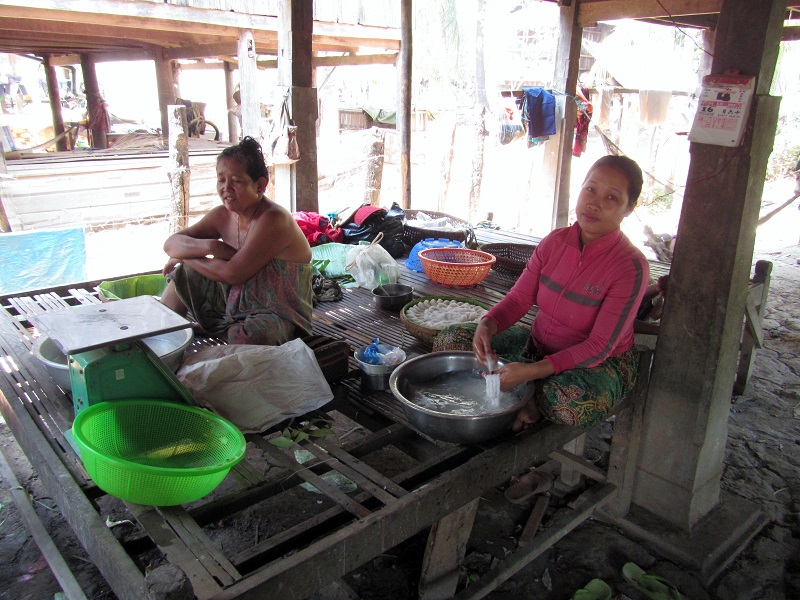
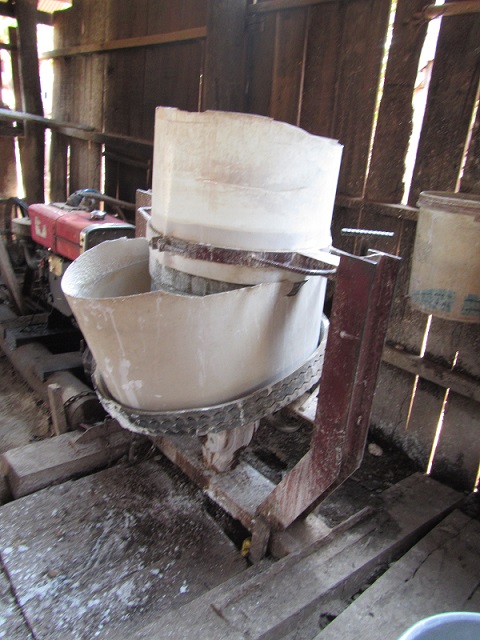
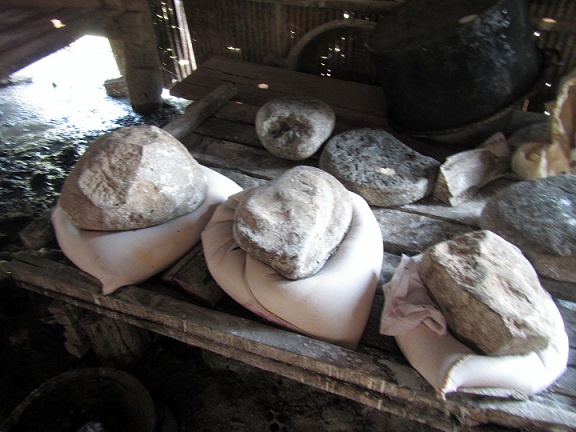
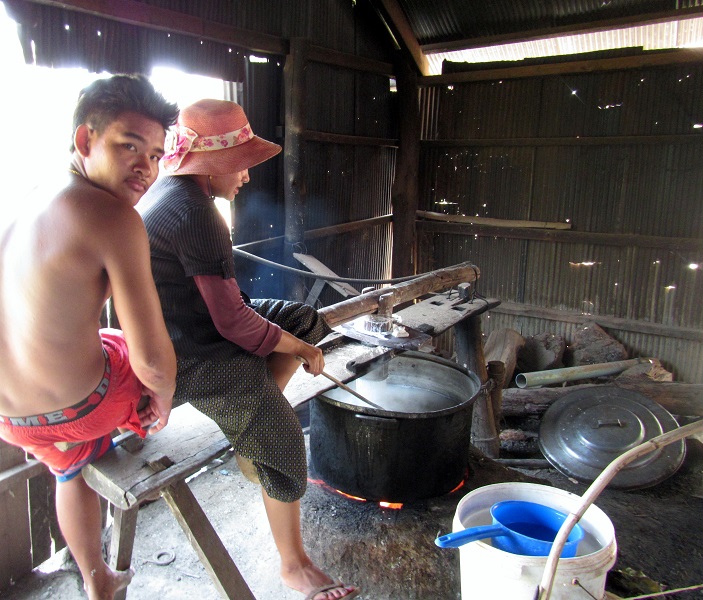
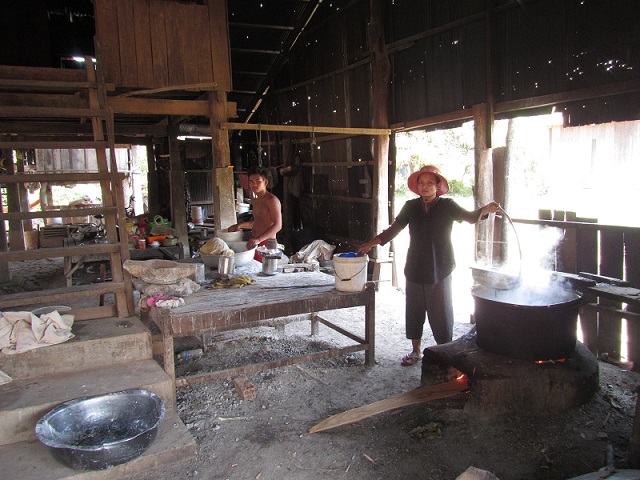
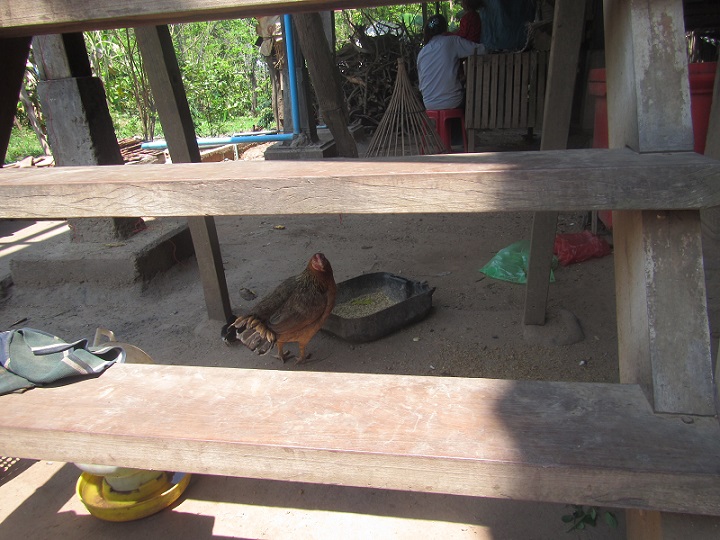
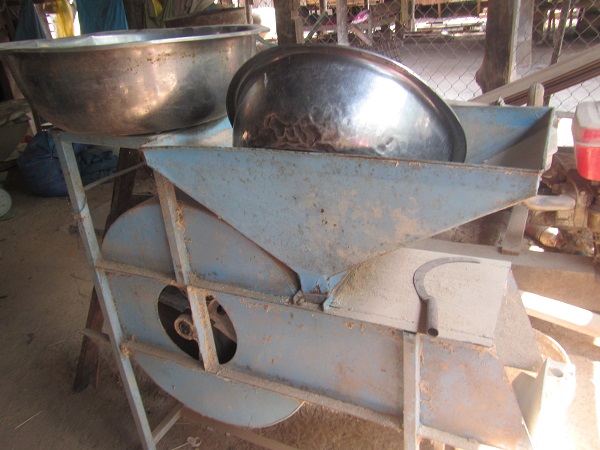
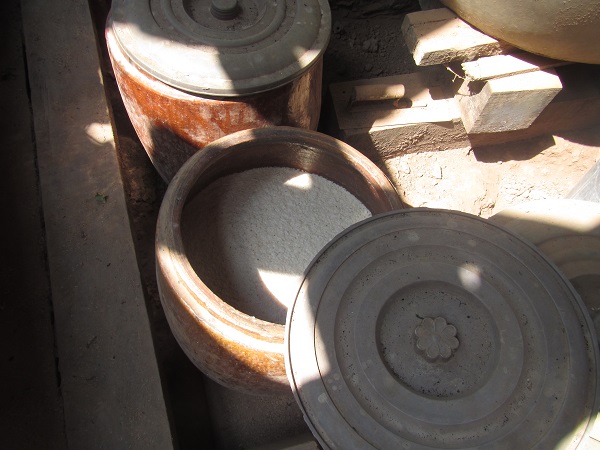
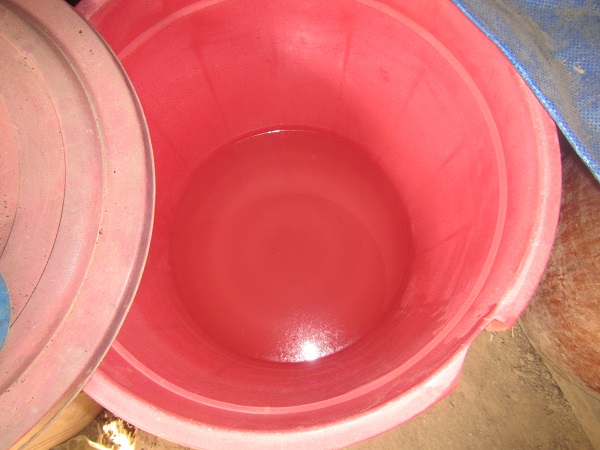
We spent hours cruising around the countryside, stopping to see local homes and seeing the sights in every-day Cambodia. I loved being on the back of that scooter, seeing the rural countryside fly by us and smelling the fresh air. The breeze was refreshing and it was so wonderful being away from the crowds. I was smart enough to catch some of it on video 🙂
The guy riding in front of us is Sithy and when he pulled over, it was so that we could see an old tobacco drying barn. It’s no longer in use, but tobacco used to be one of Cambodia’s biggest exports. The tobacco industry has since been replaced by factories as a primary source of income for the country, so drying sheds like this now stand empty.
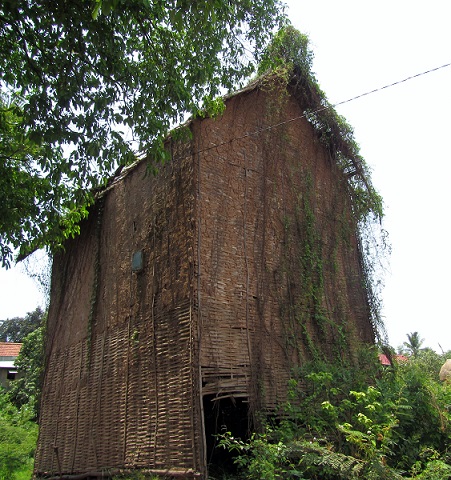
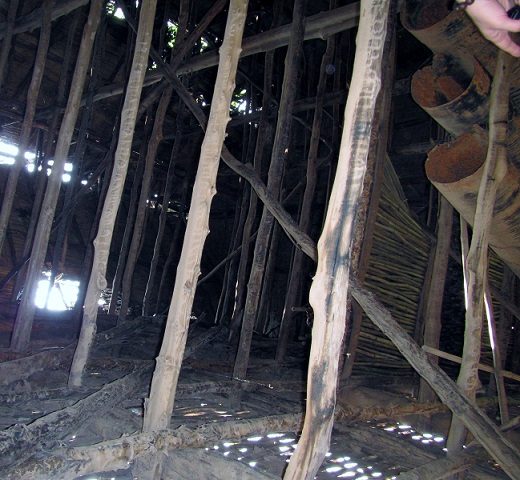
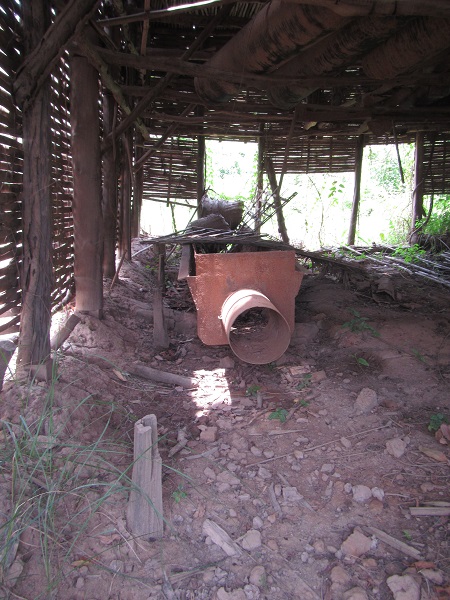
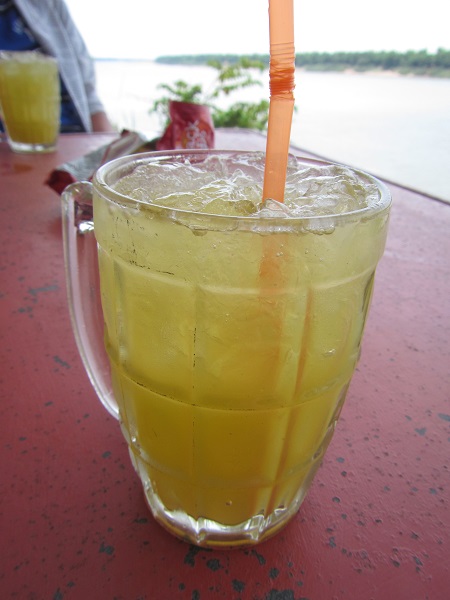
After spending the morning and early and afternoon seeing the sights, we boarded the ferry to get to the Irrawaddy Dolphins. The ferry leaves every 20 minutes or so and is the only way to cross the river (where we’d spent a lot of the day). Because bridges are so expensive to build, and Cambodia is so poor, ferries are used to get people across the wide Mekong. Sithy hopes that there will be a bridge built in Kratie before long. Kratie is becoming more and more of a popular place for tourists to stop, so with the rise in tourism, hopefully a bridge will be built, resulting in an easier life for locals.
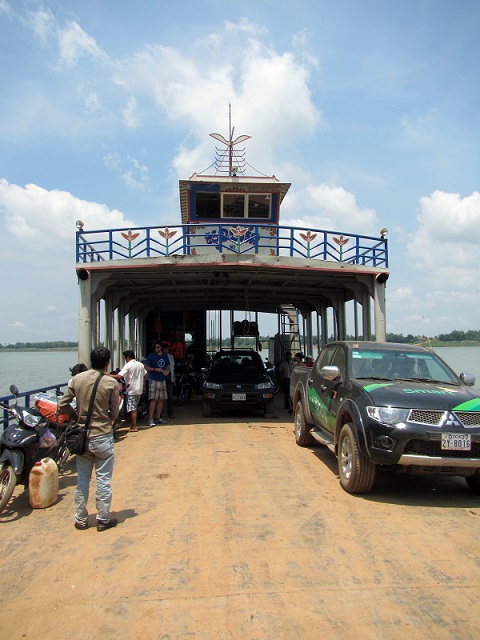
After disembarking the ferry, we hopped back on our scooters and drove for several kilometers, to a place where dolphins are known to hunt for fish. When we arrived at the feeding pool, we boarded a small wooden boat with a guide and were given an hour to experience the dolphins. Sithy had mentioned on the website that seeing the dolphins was a guarantee but I did not expect to see the number of dolphins we did! There are roughly 25 of these magnificent mammals in this portion of the Mekong, and sadly, that is about 35% of their whole population. The number of Irrawaddy Dolphins have dropped drastically in the last hundred years. Pol Pot’s Khmer Rouge killed many of these beautiful creatures to use their fat as weapon cleaner, and many dolphins are killed every year by plastic fishing nets. And to add to the troubles the adult dolphins face, calf mortality rates are very high, so there is a very good chance that these animals will disappear from the earth forever within our lifetime.
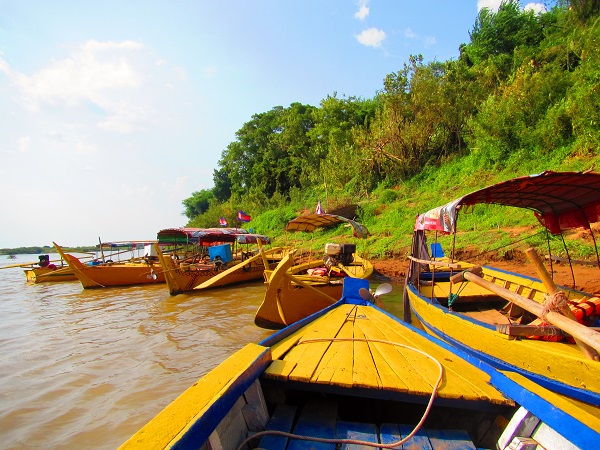
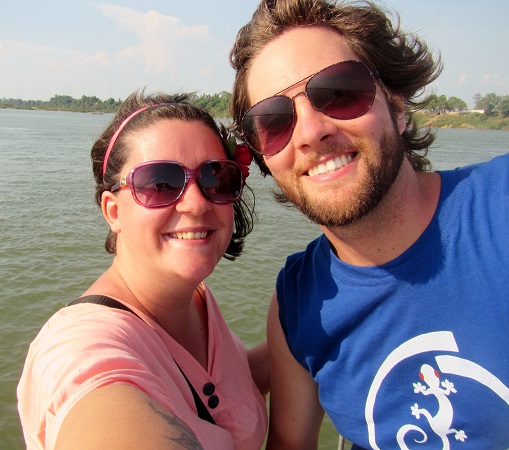
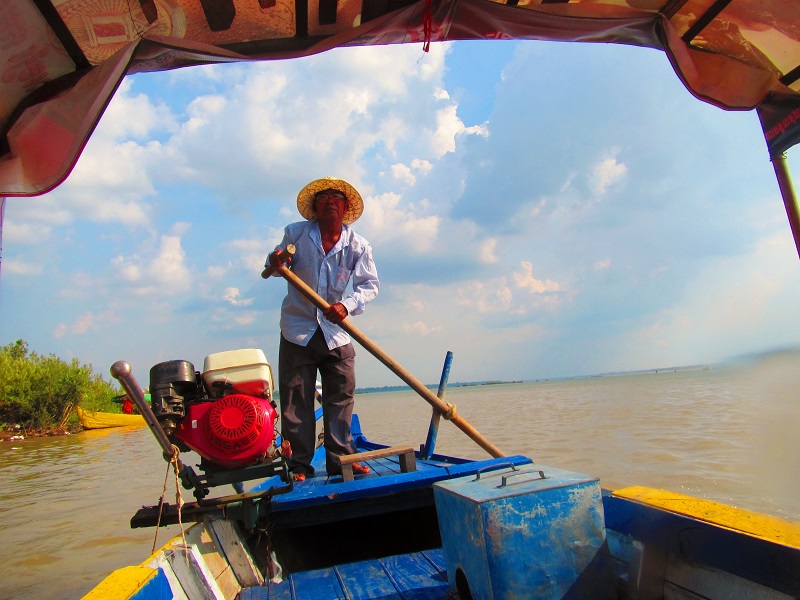
Dave spotted the first dolphin within minutes of being in the boat. I missed it and was furious; worried that I’d missed my opportunity to see these rare beauties. But within another few minutes, we saw several more, some far away and some close by. Often, we’d hear them blowing water out of their blowholes before we actually saw them. The experience was amazing and altogether one of the most memorable things I’ve ever done in my life.
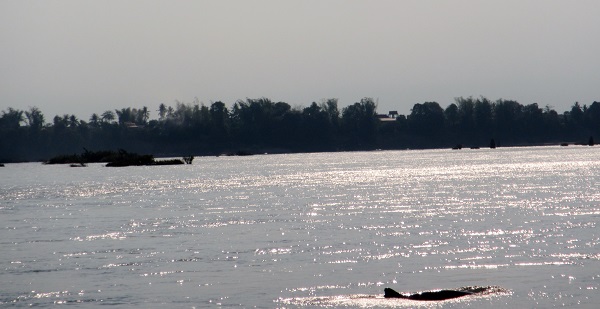
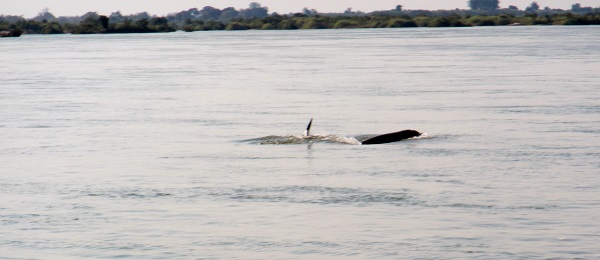
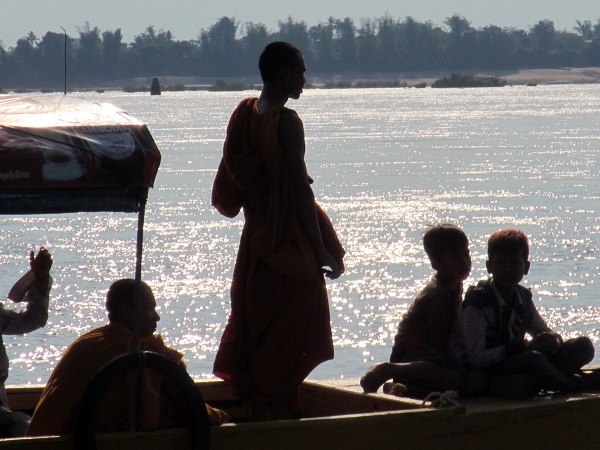
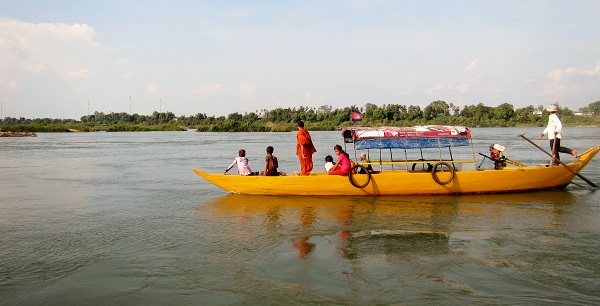
I will leave you with a video I put together of the footage I managed to get with our small camera. My biggest regret is that I didn’t have better equipment to capture this incredible experience, but I did what I could with what I had. I hope you enjoy it! And if you’re trying to place the music…it’s from “The Island” soundtrack.
I’ll be back soon with some final posts from Guiyang! We’re coming home in 18 days!!!
